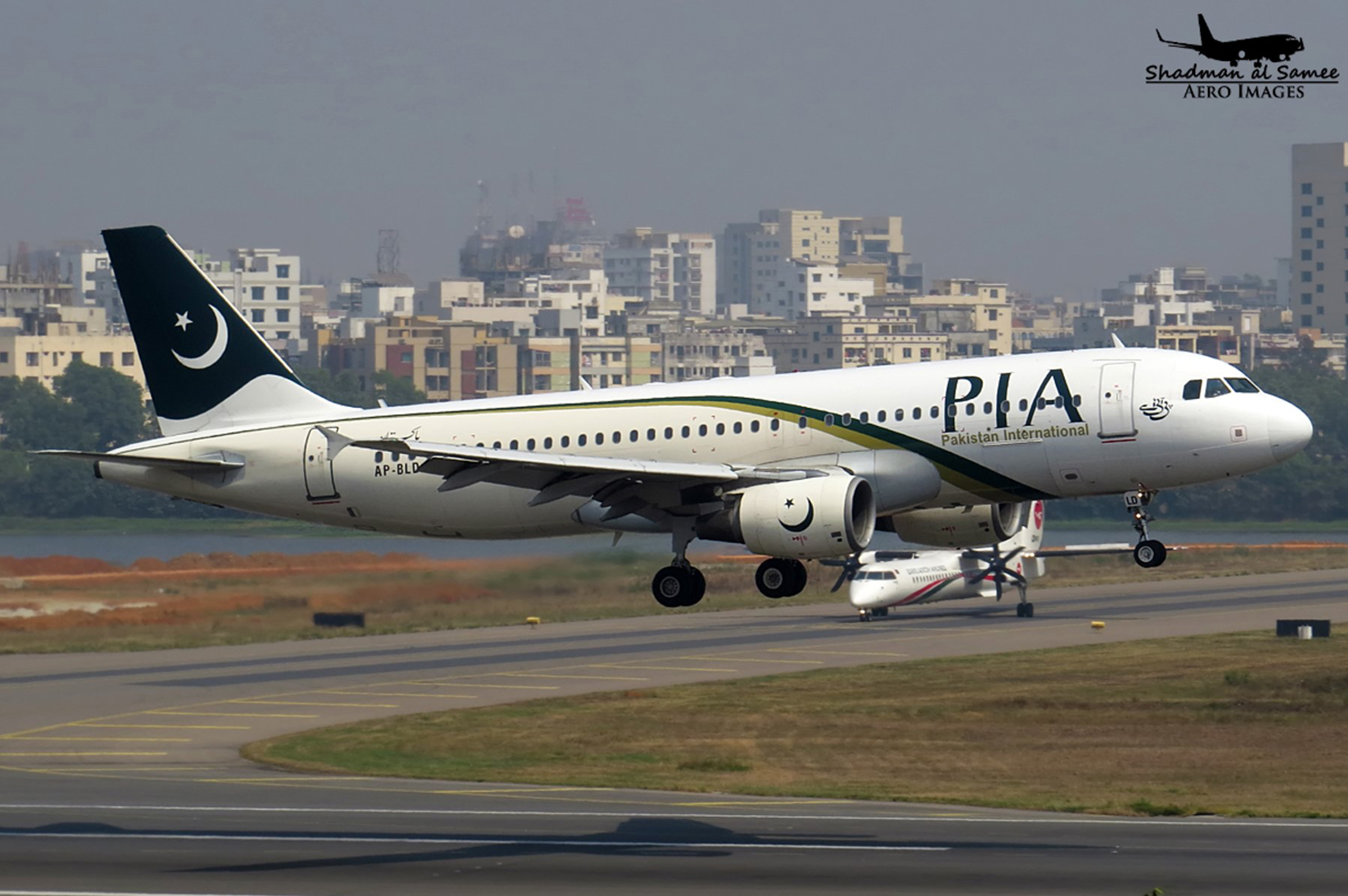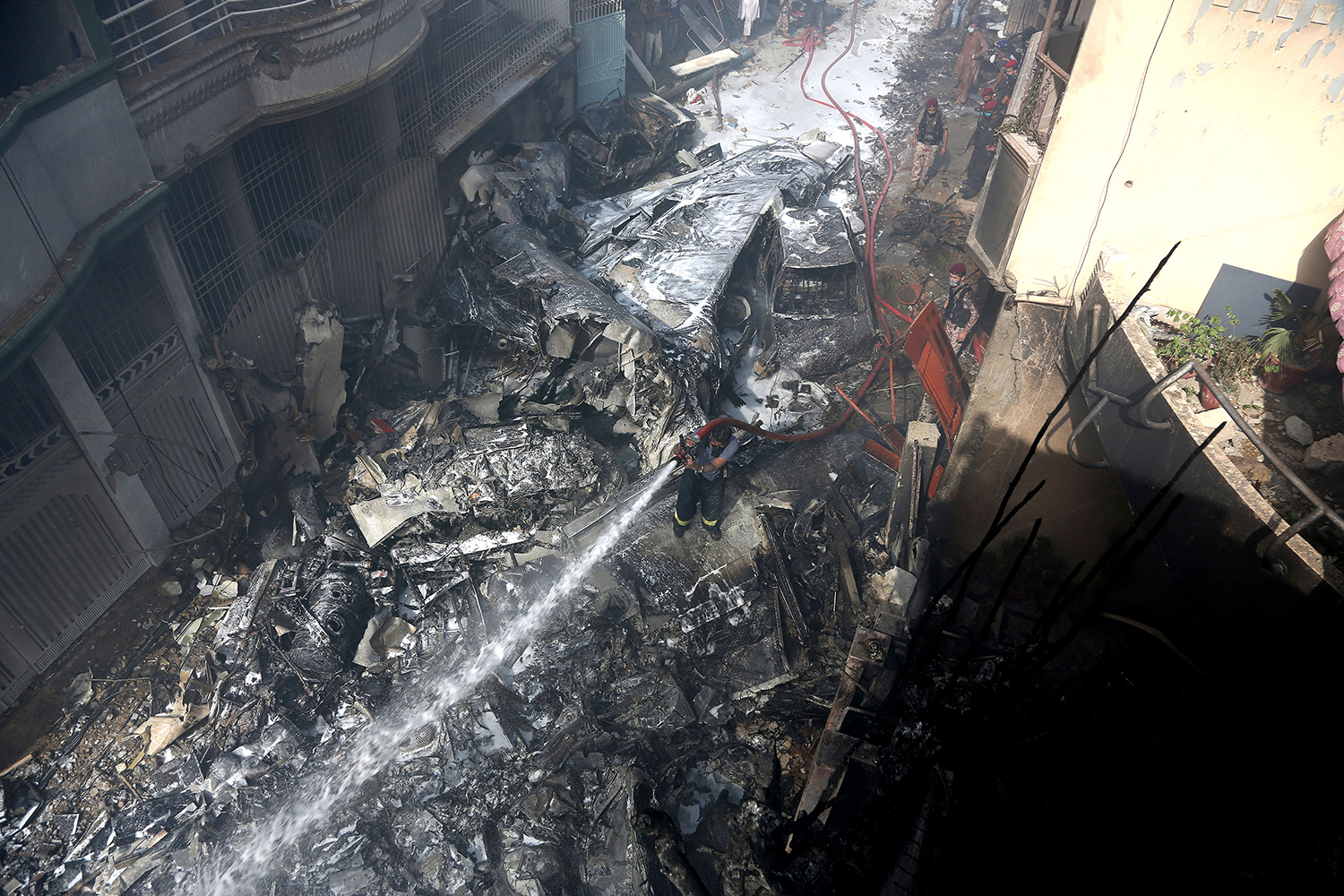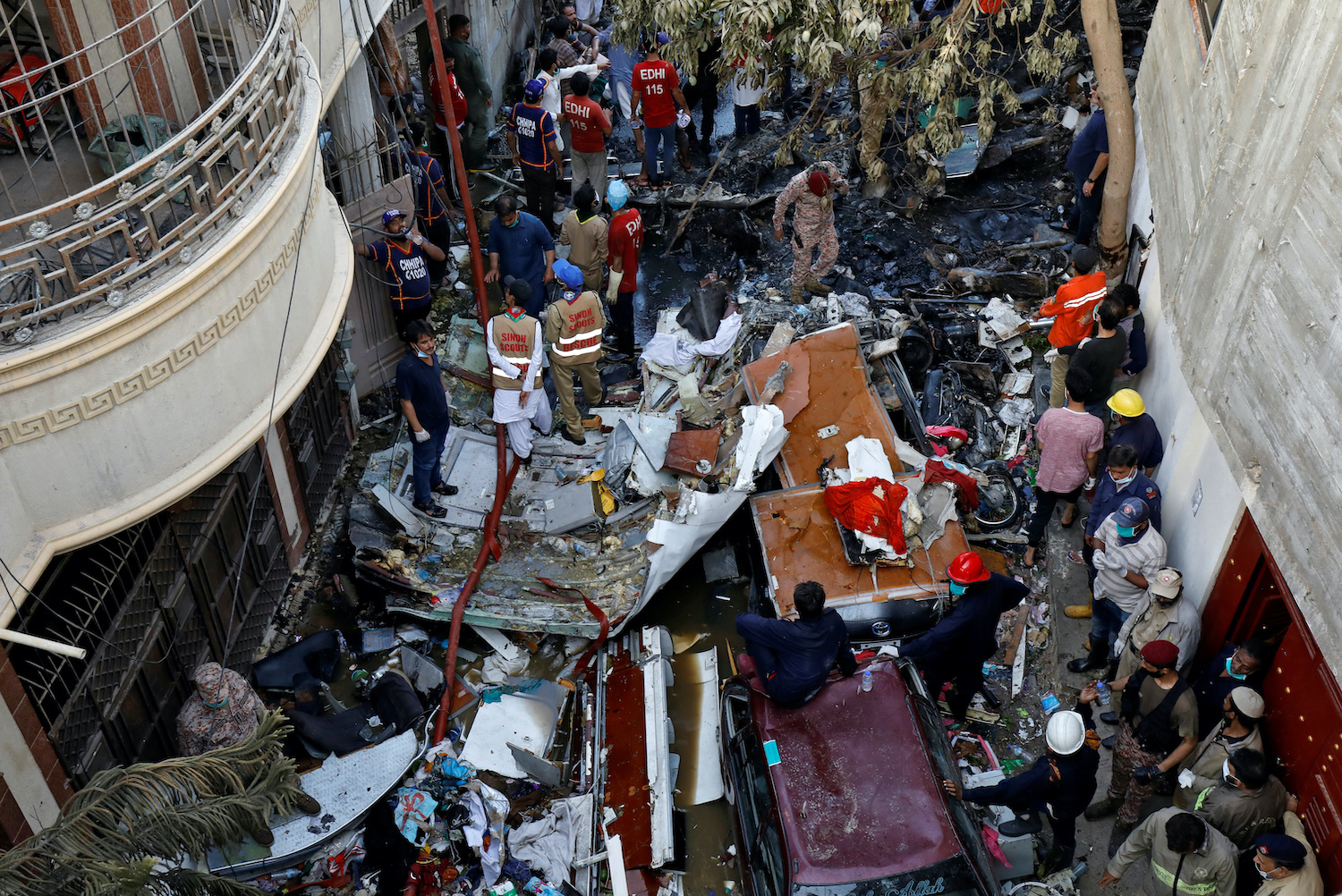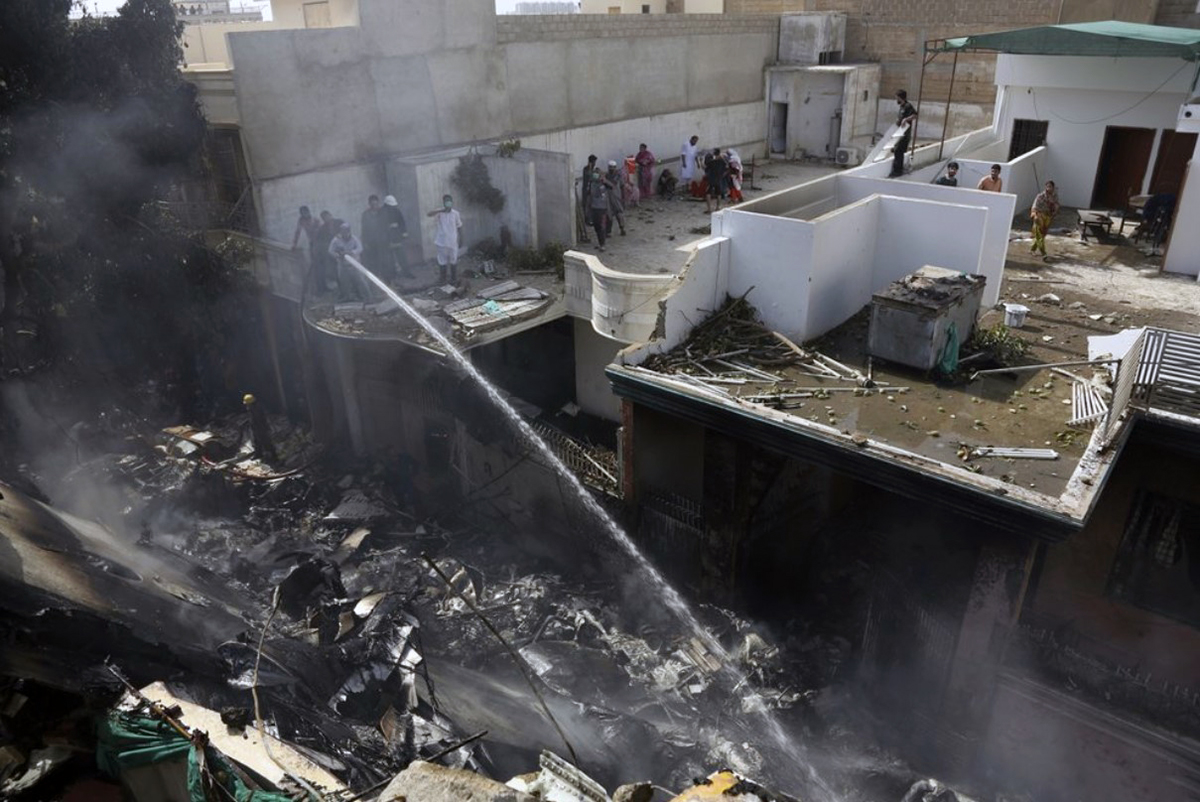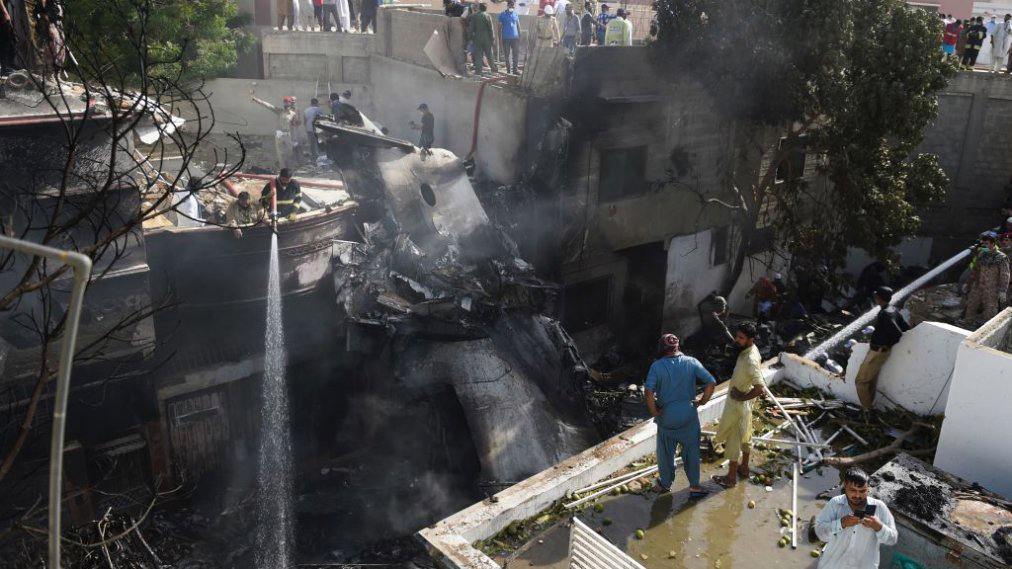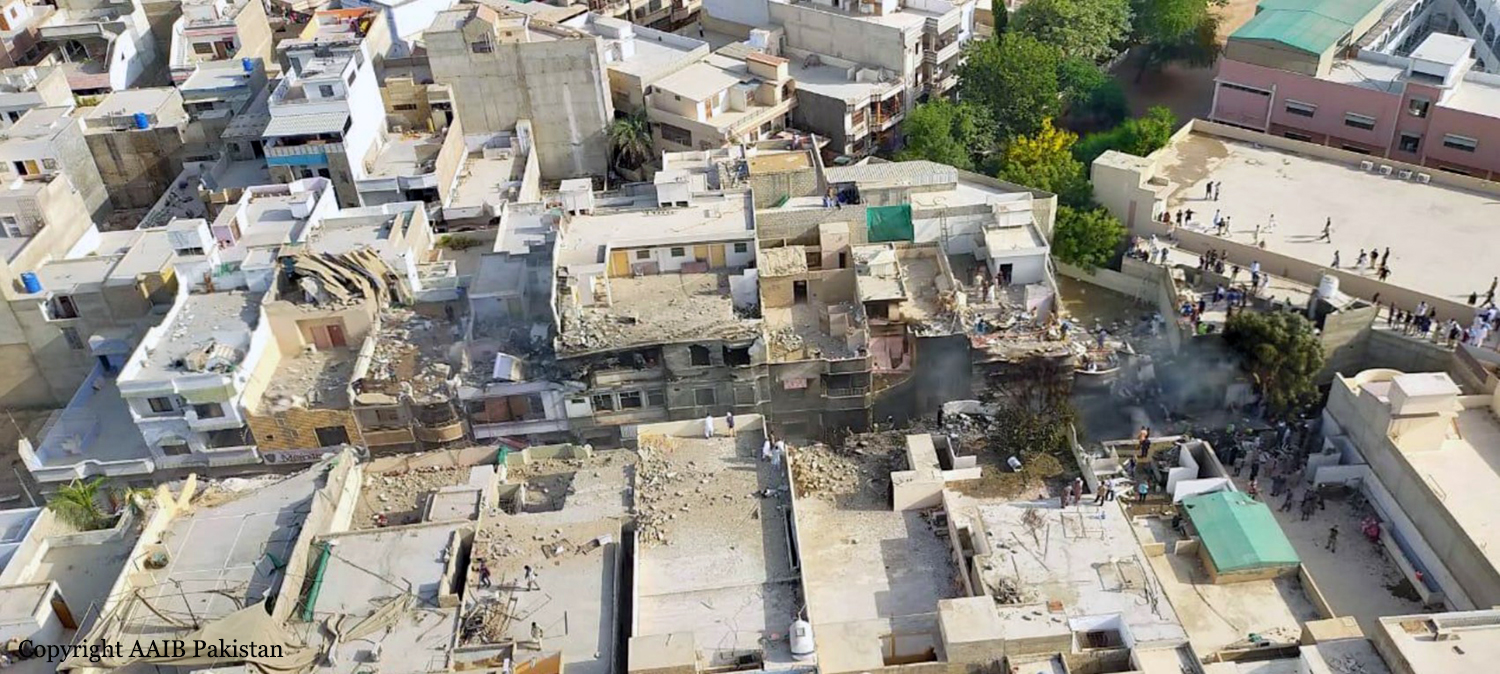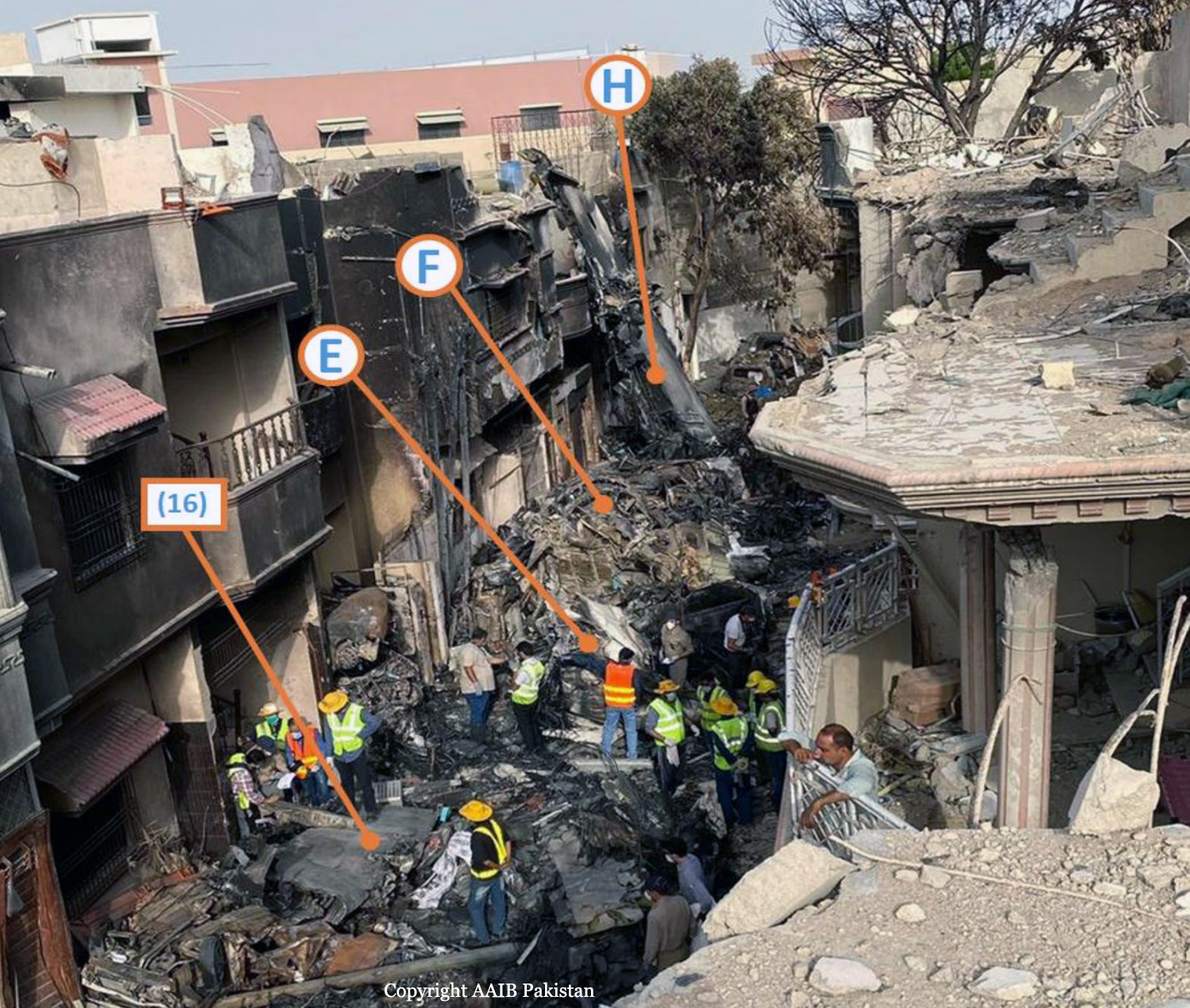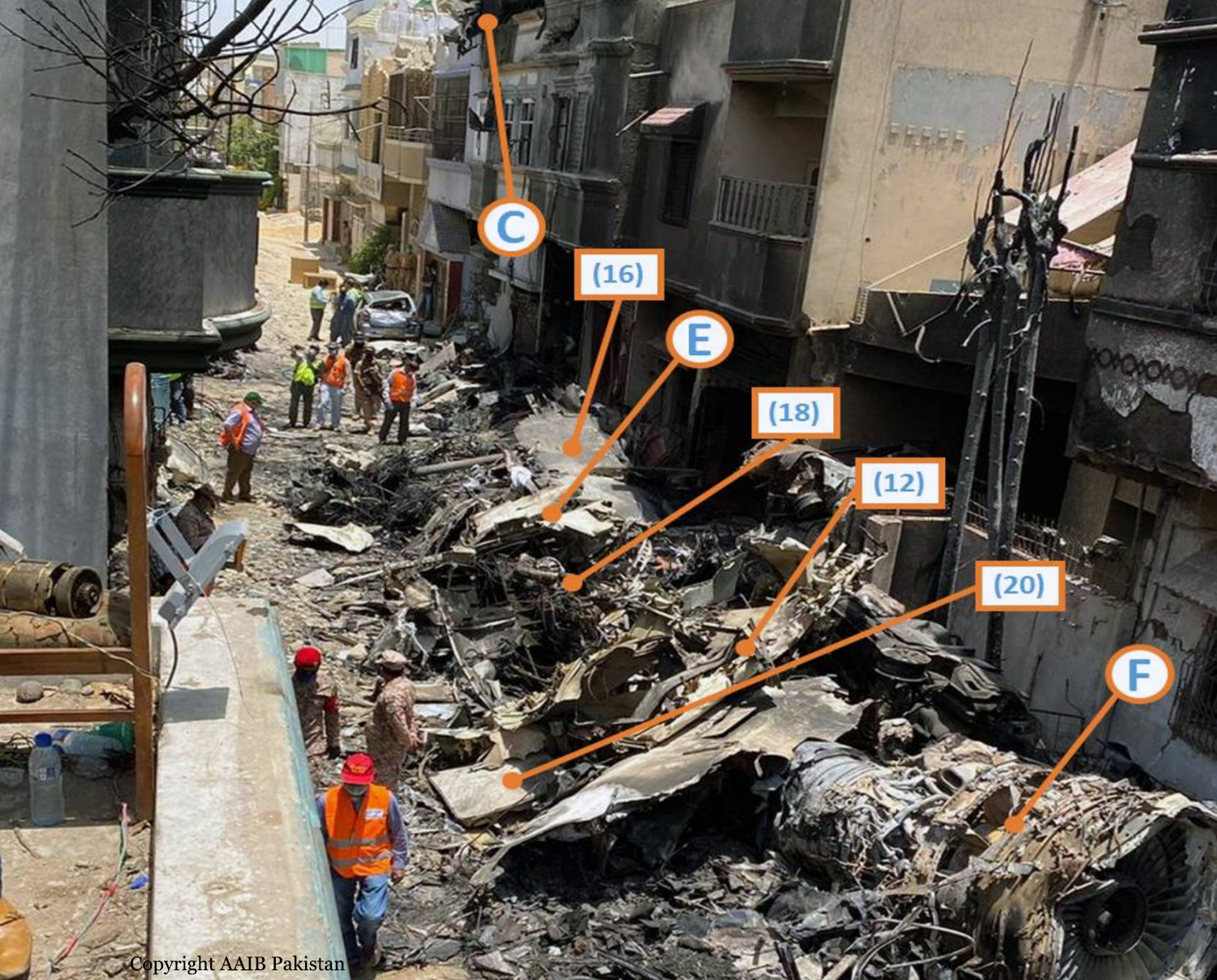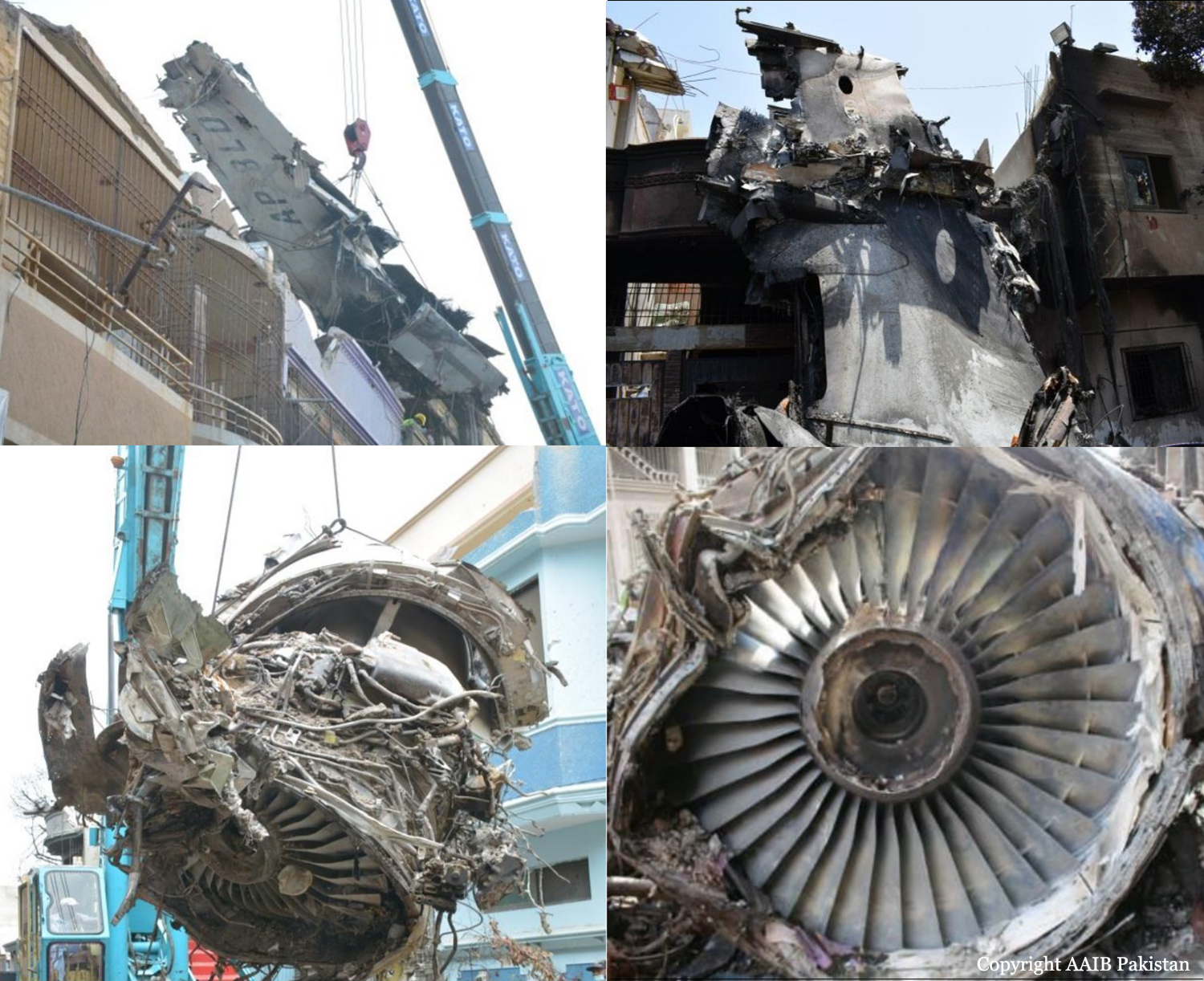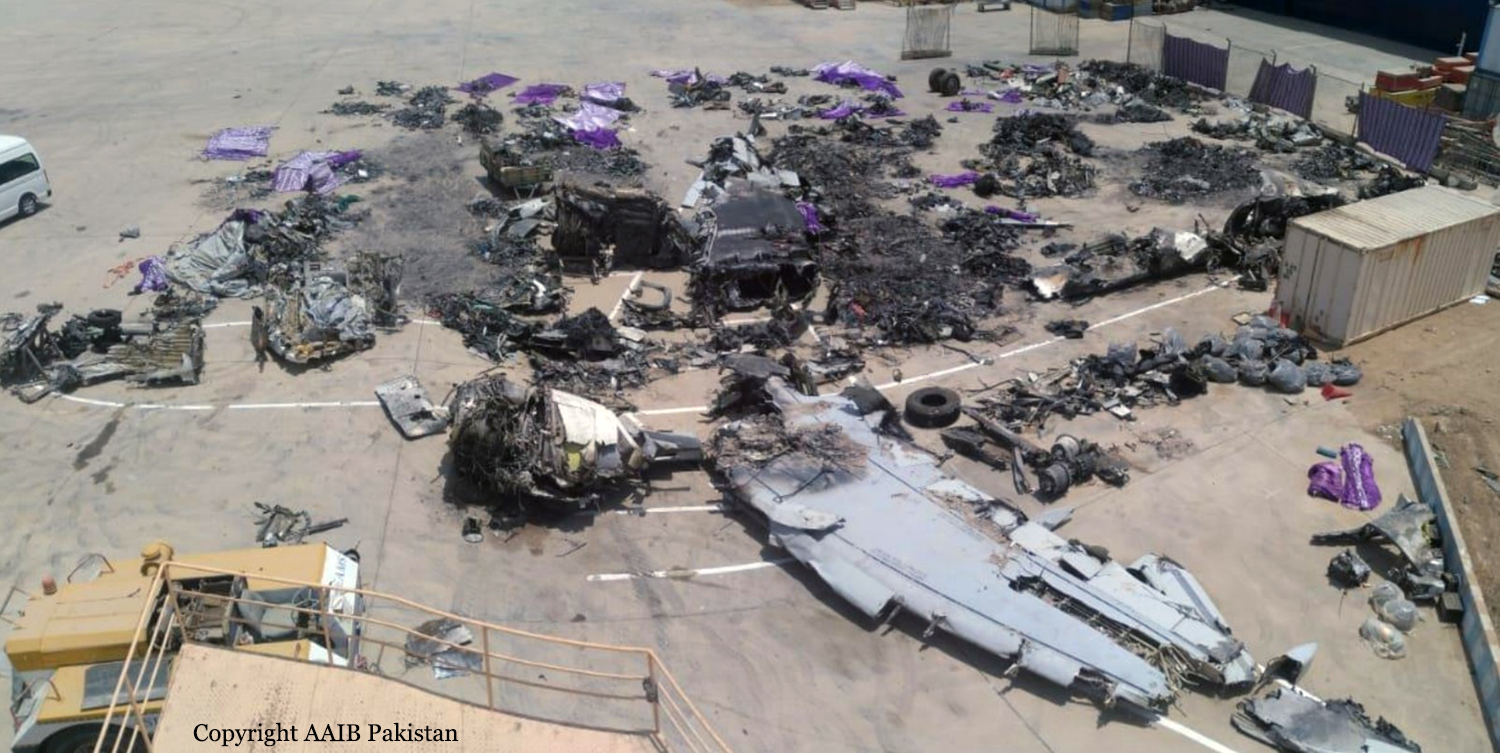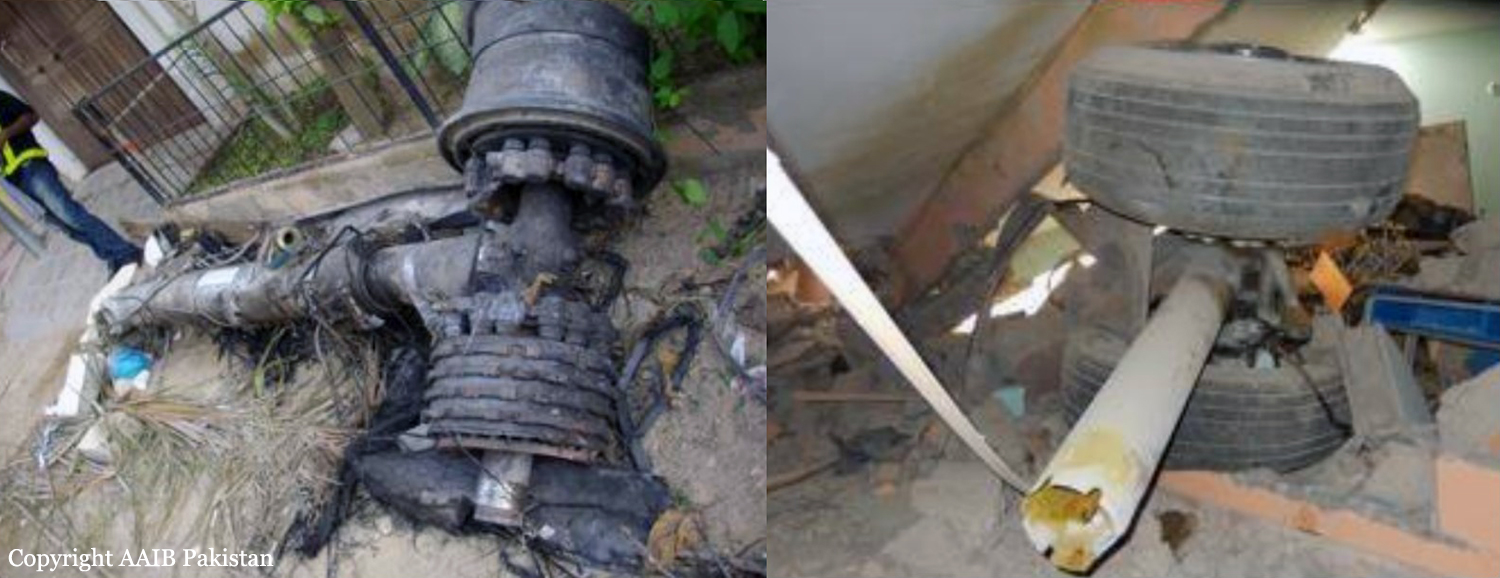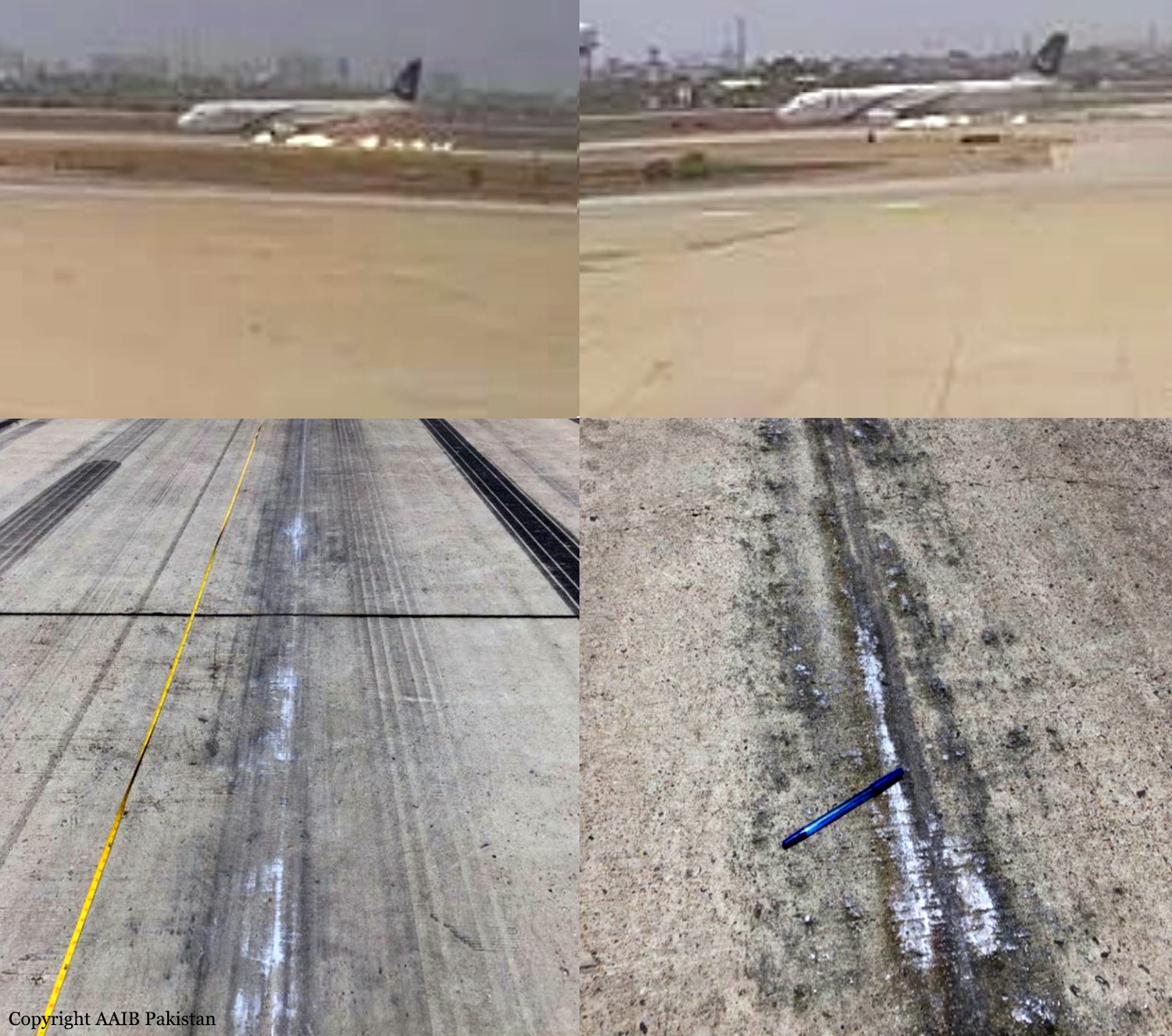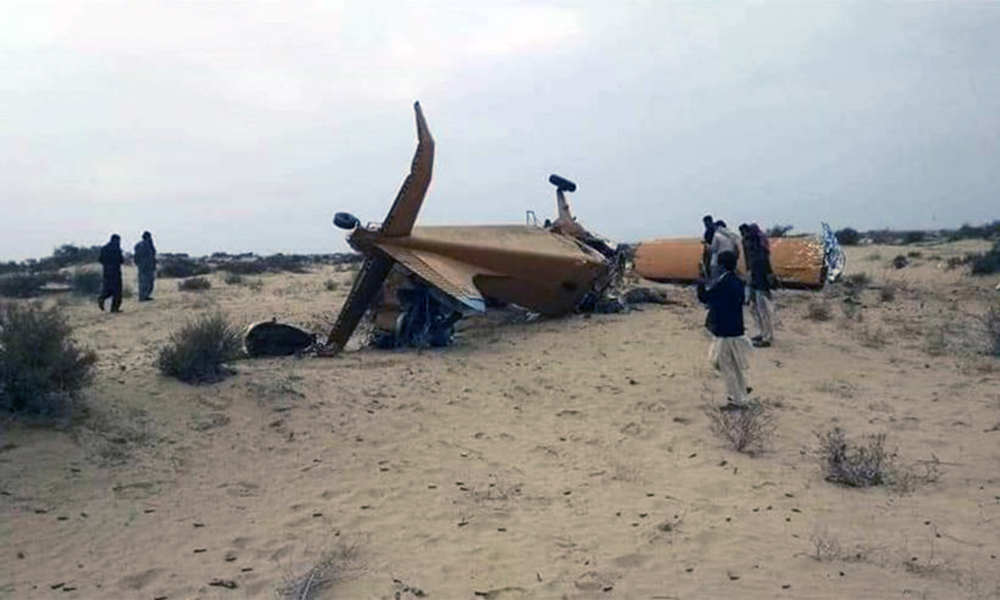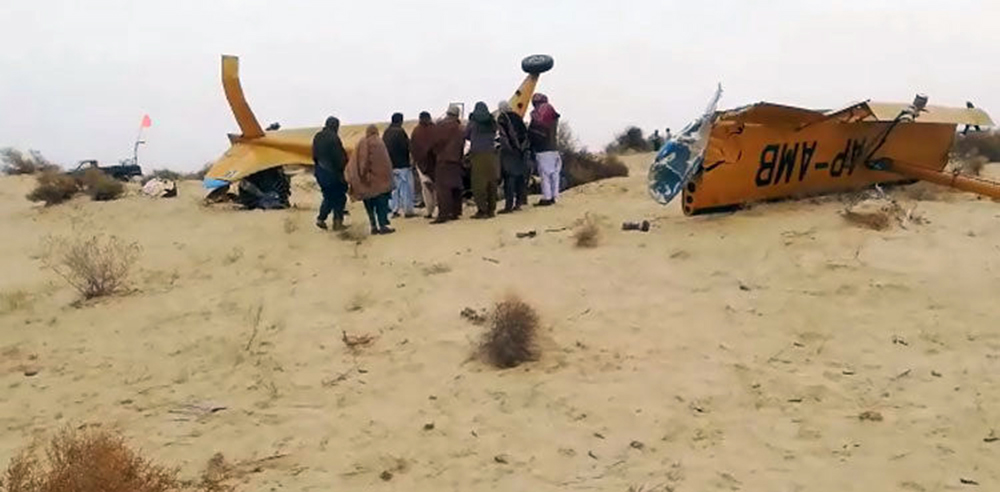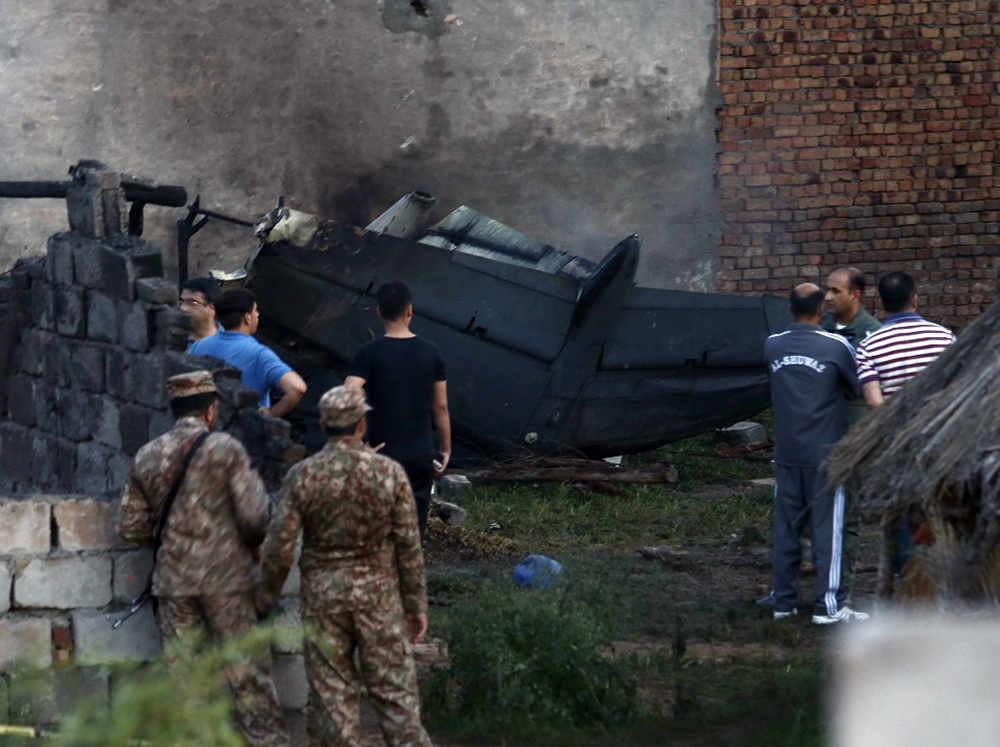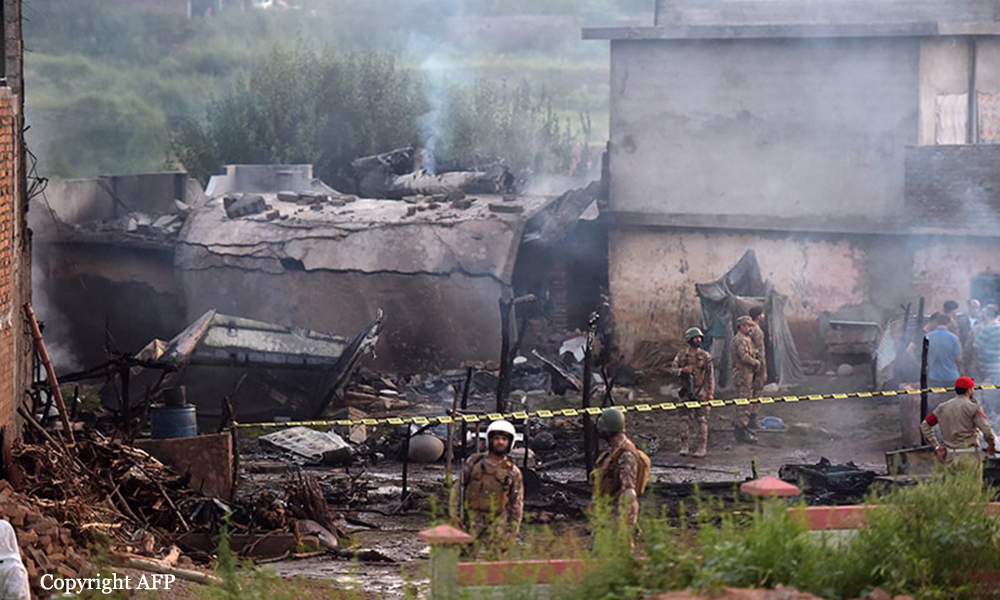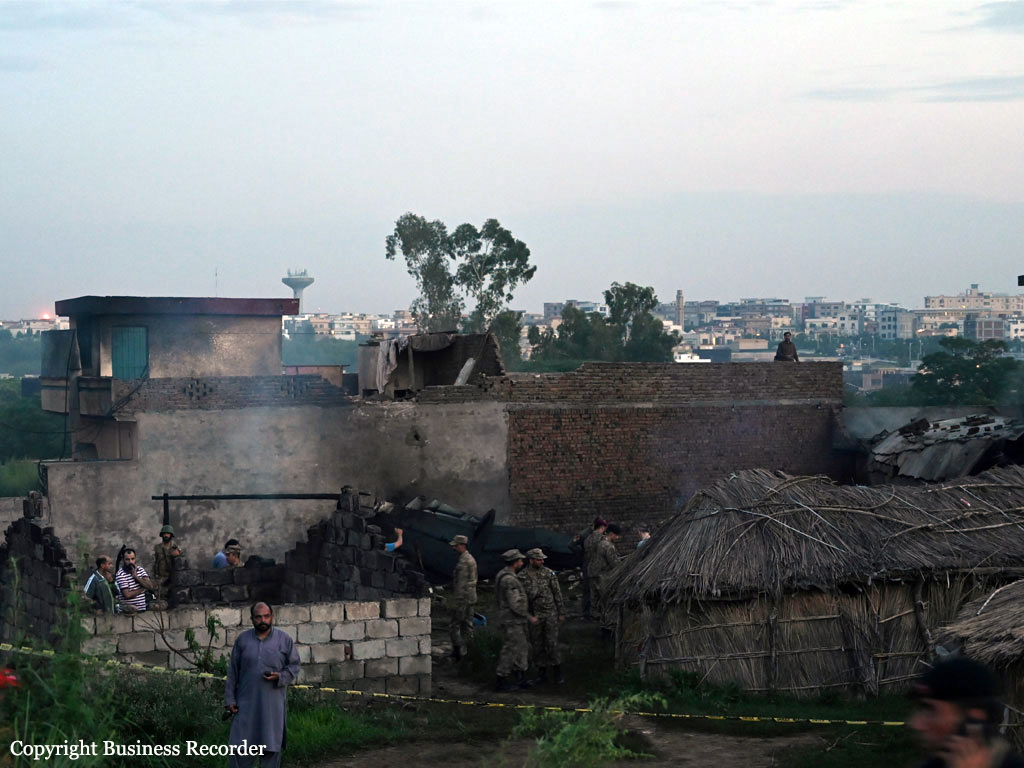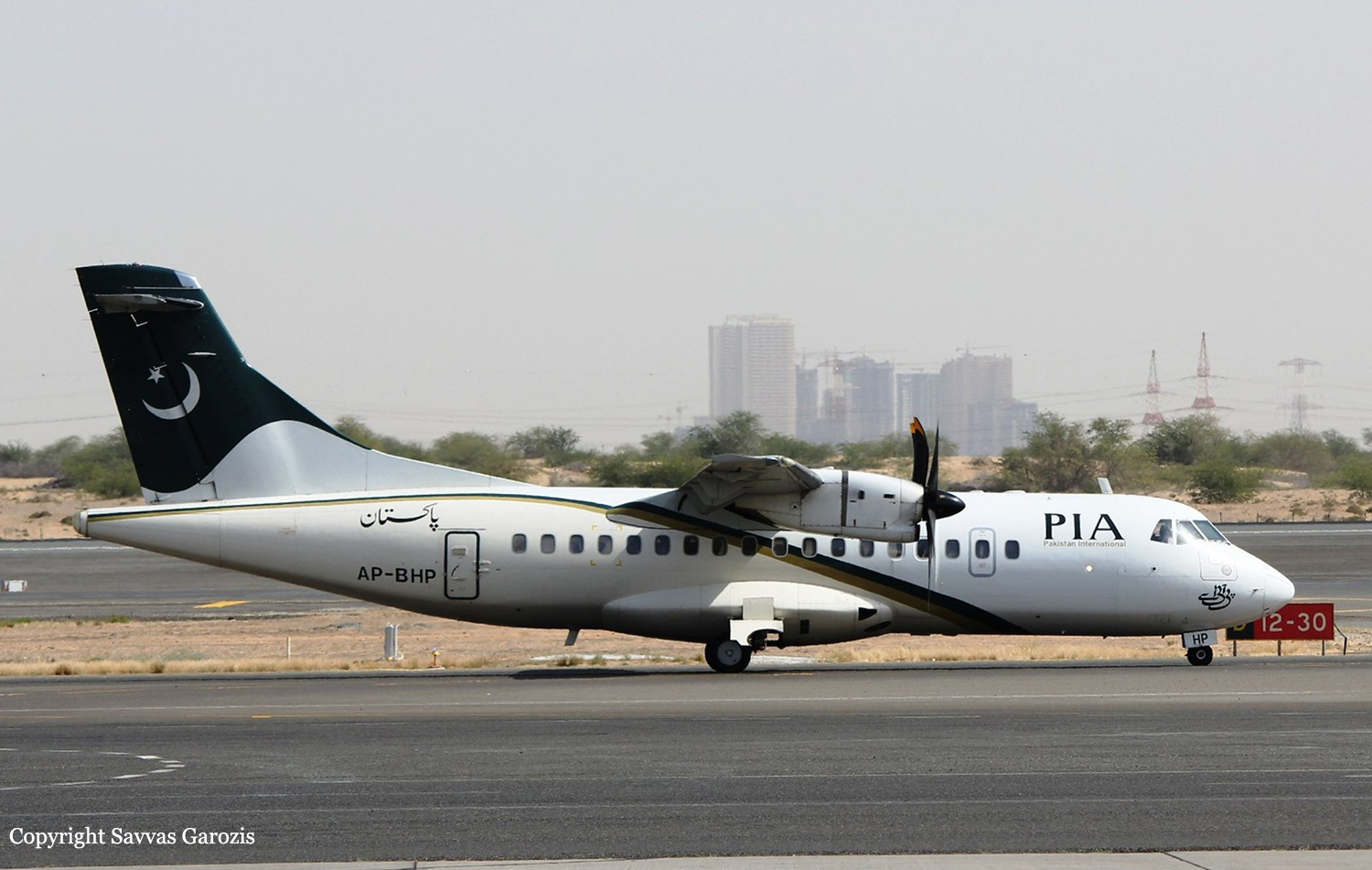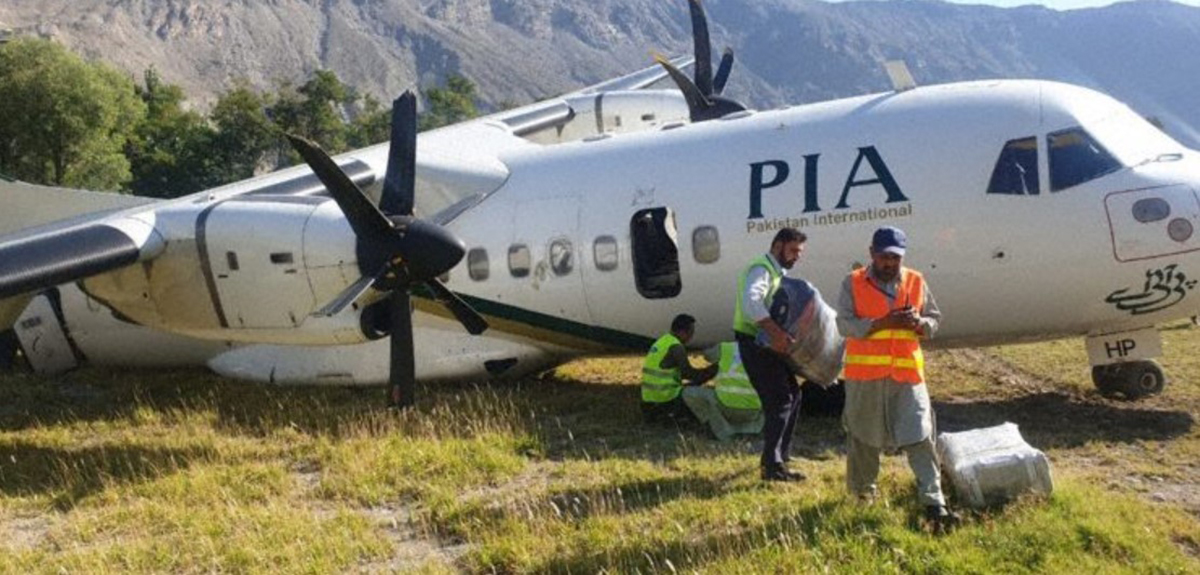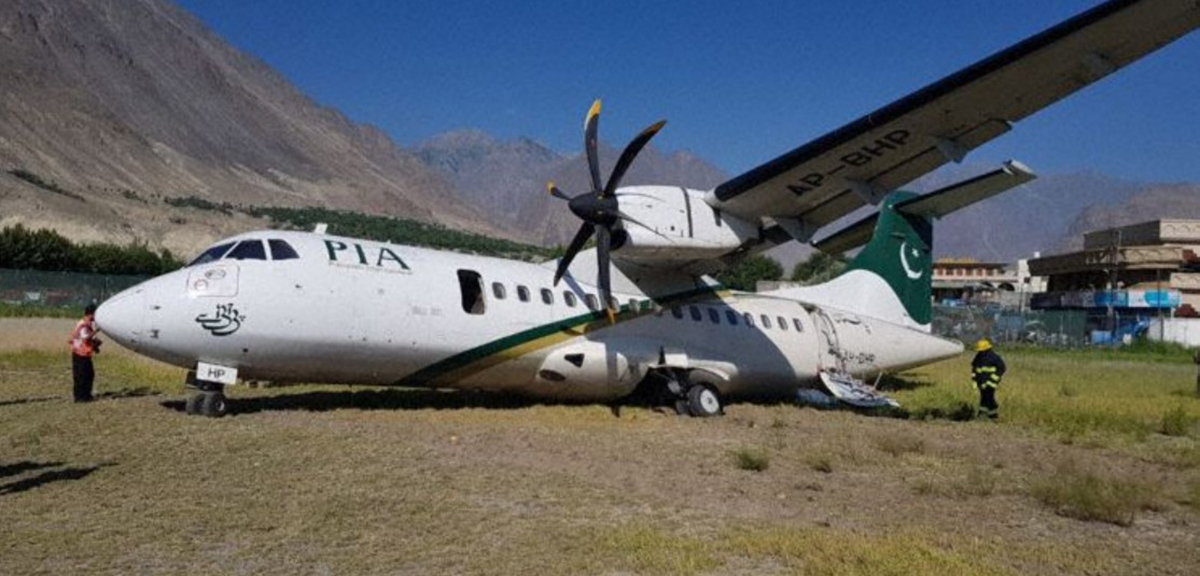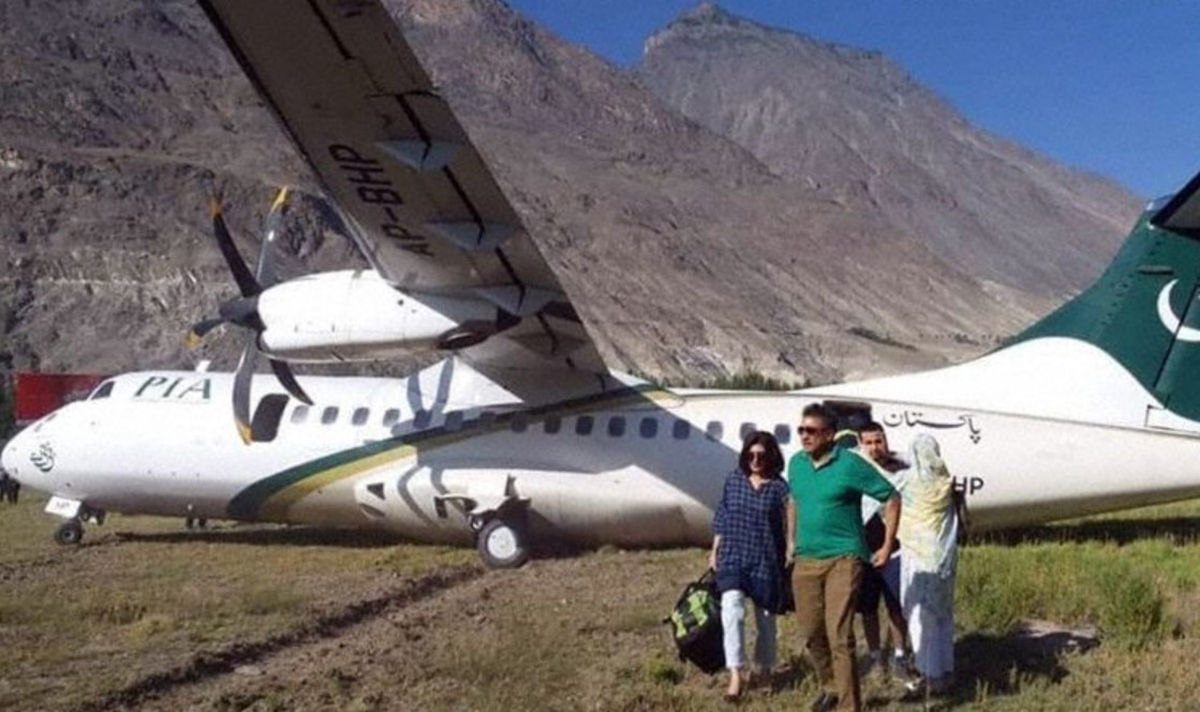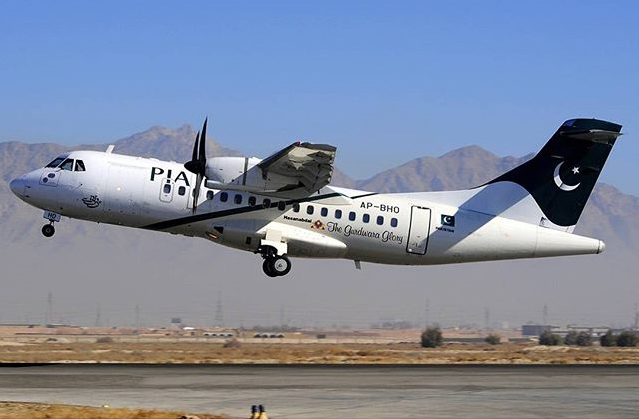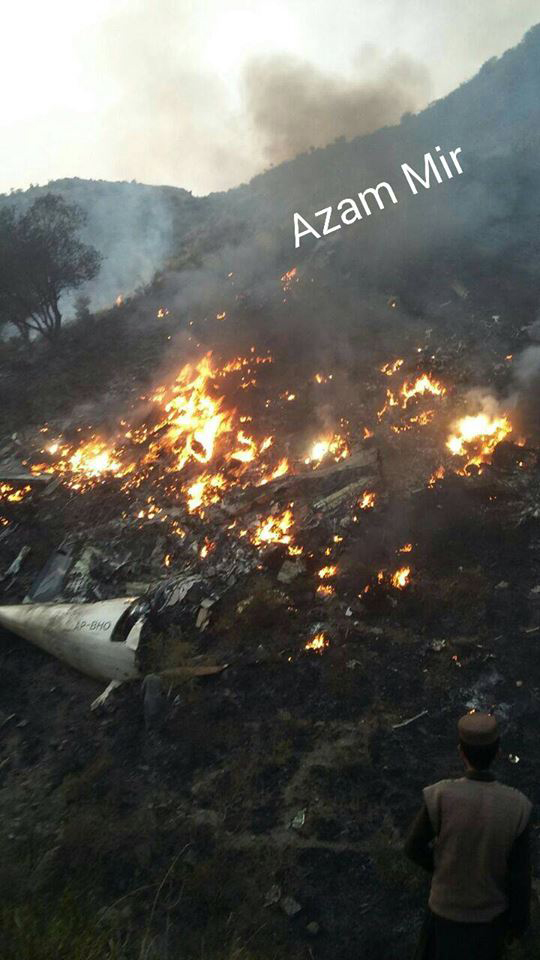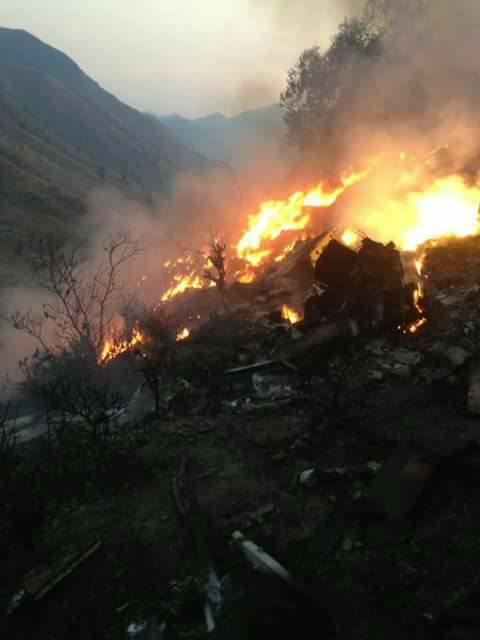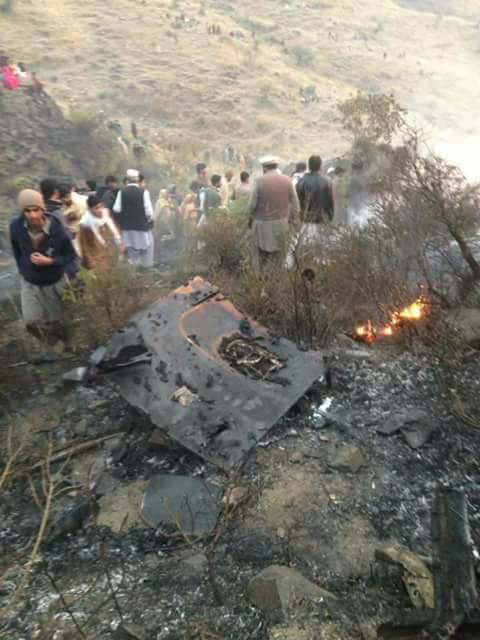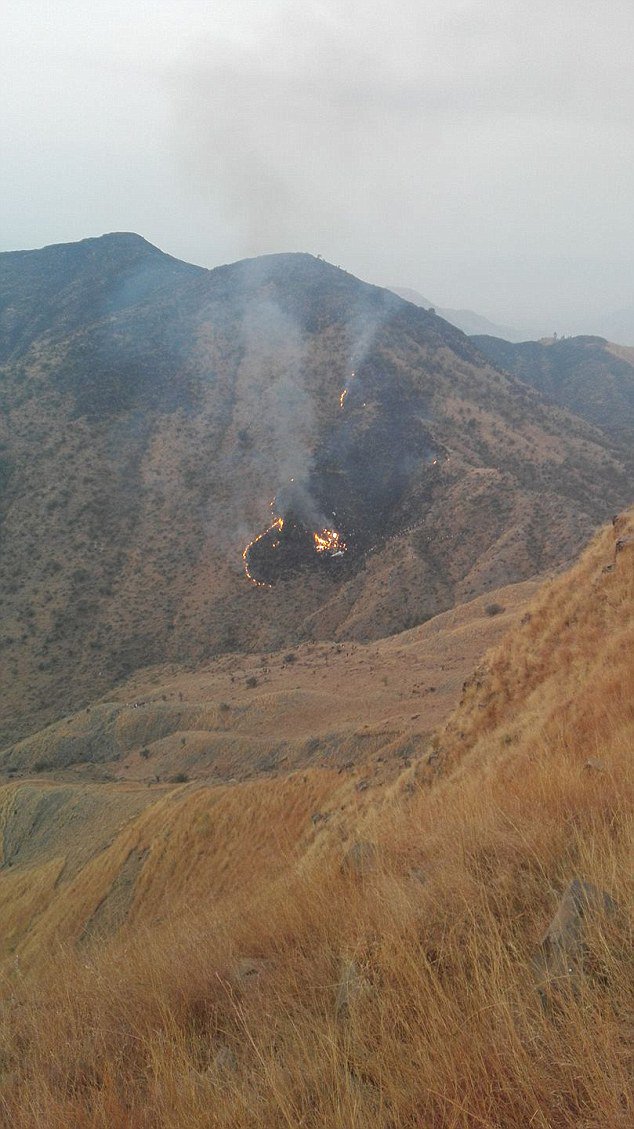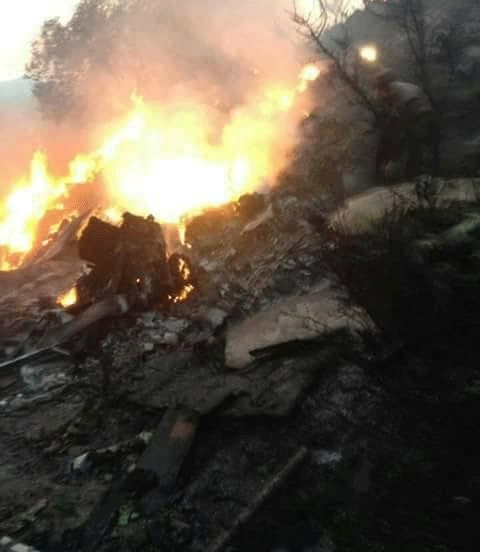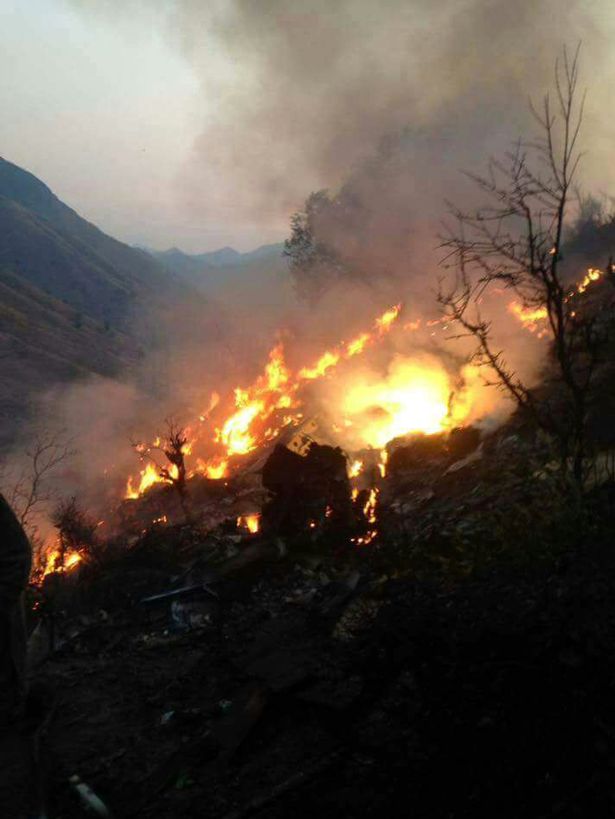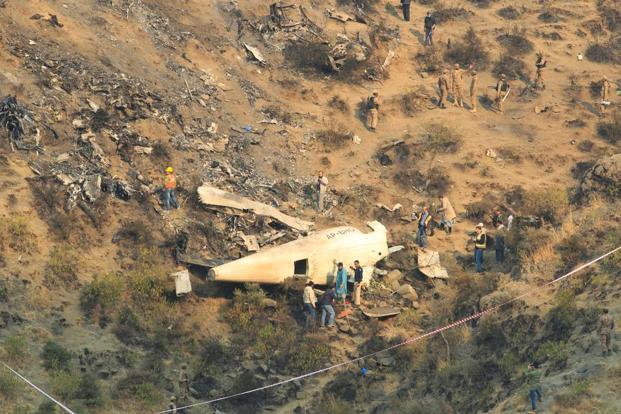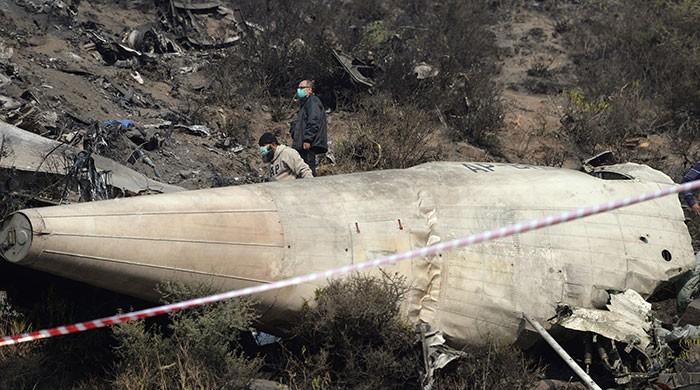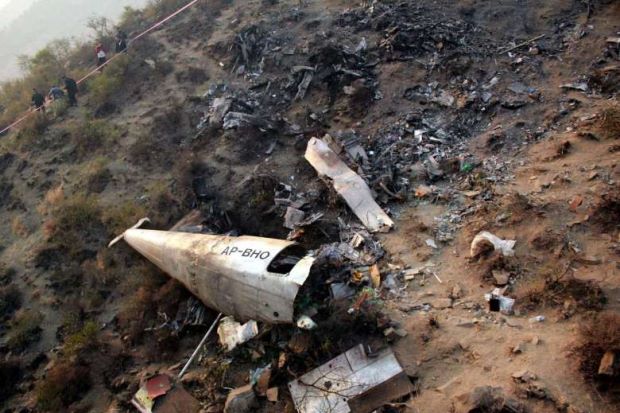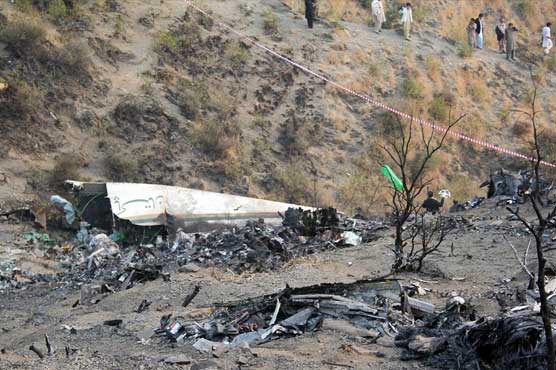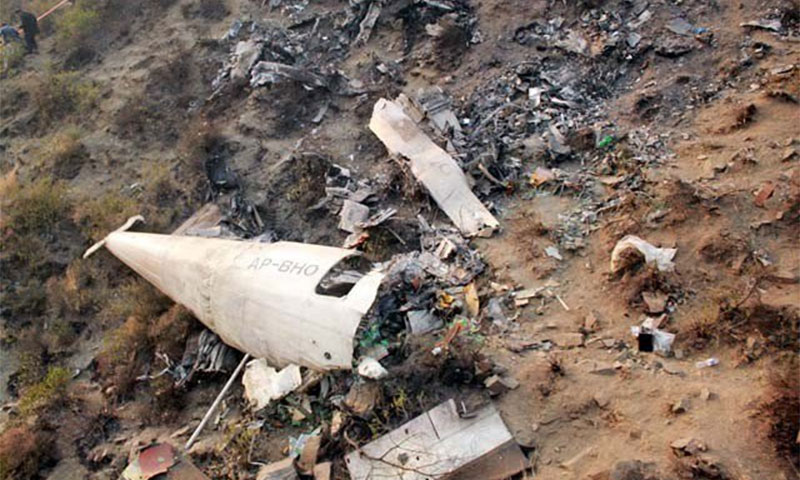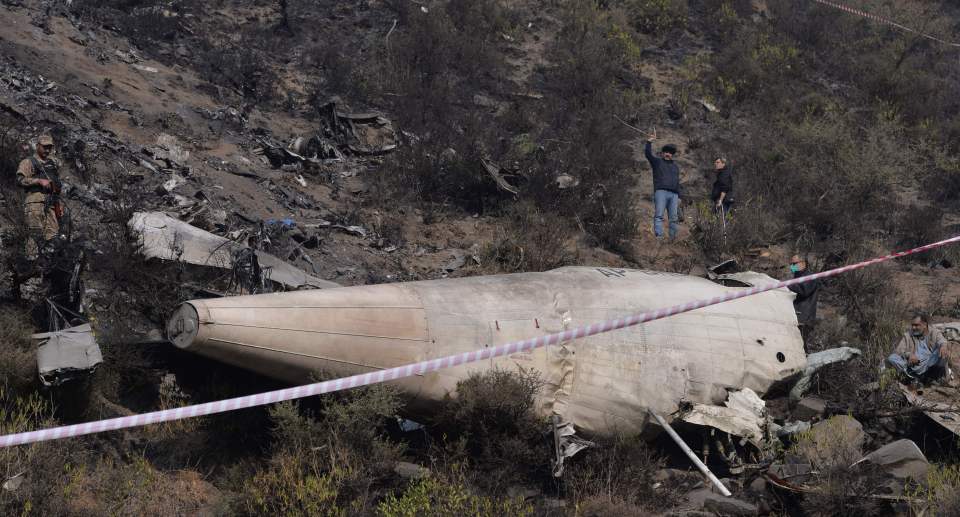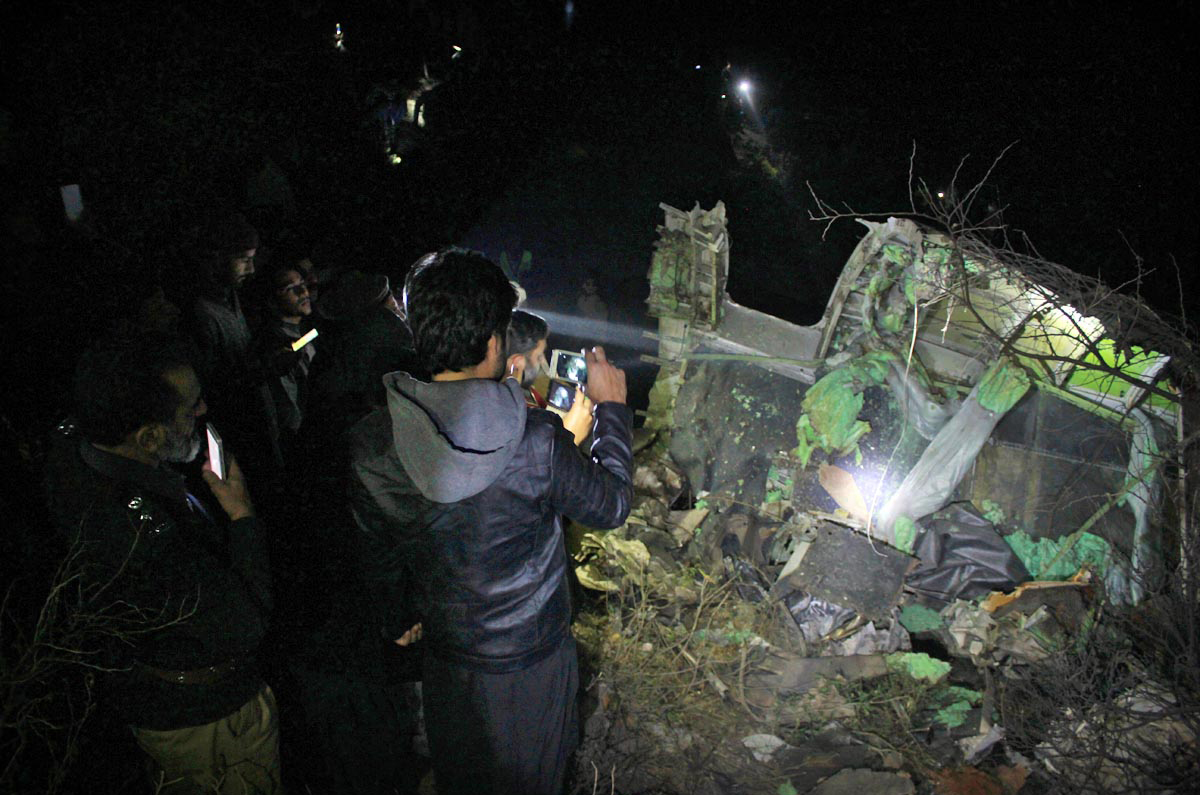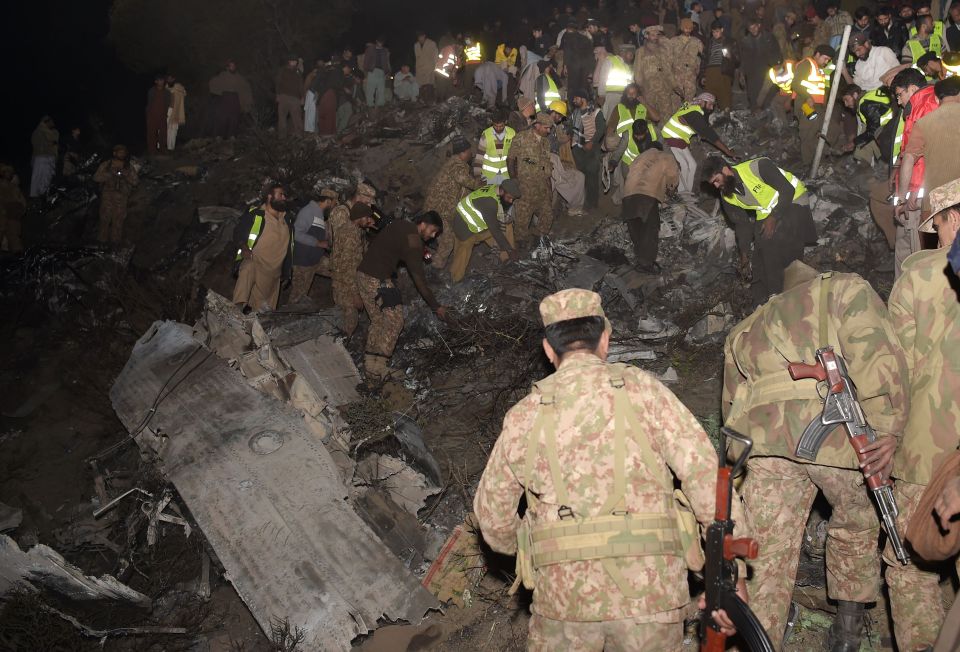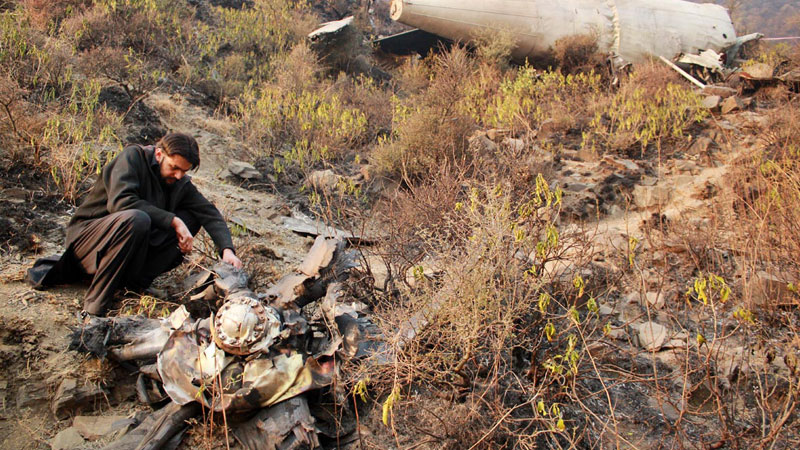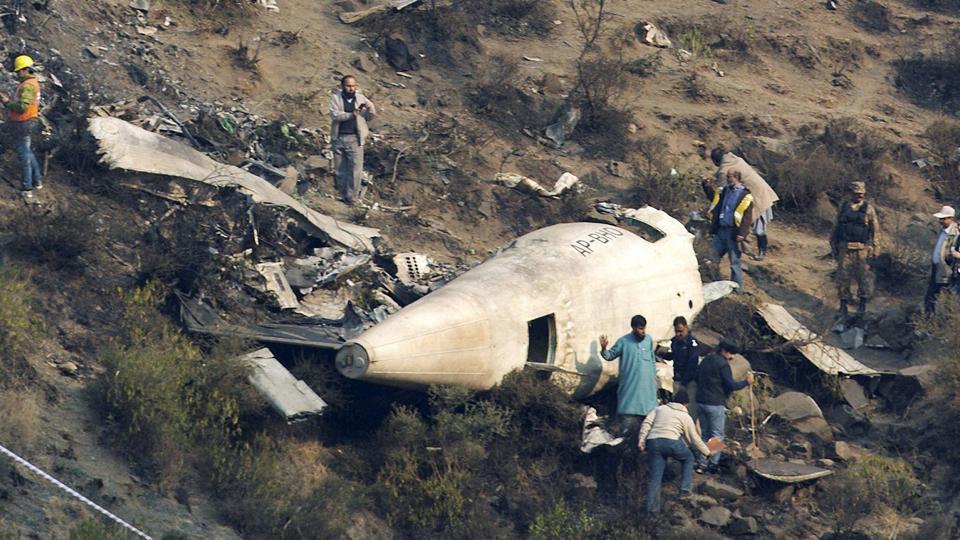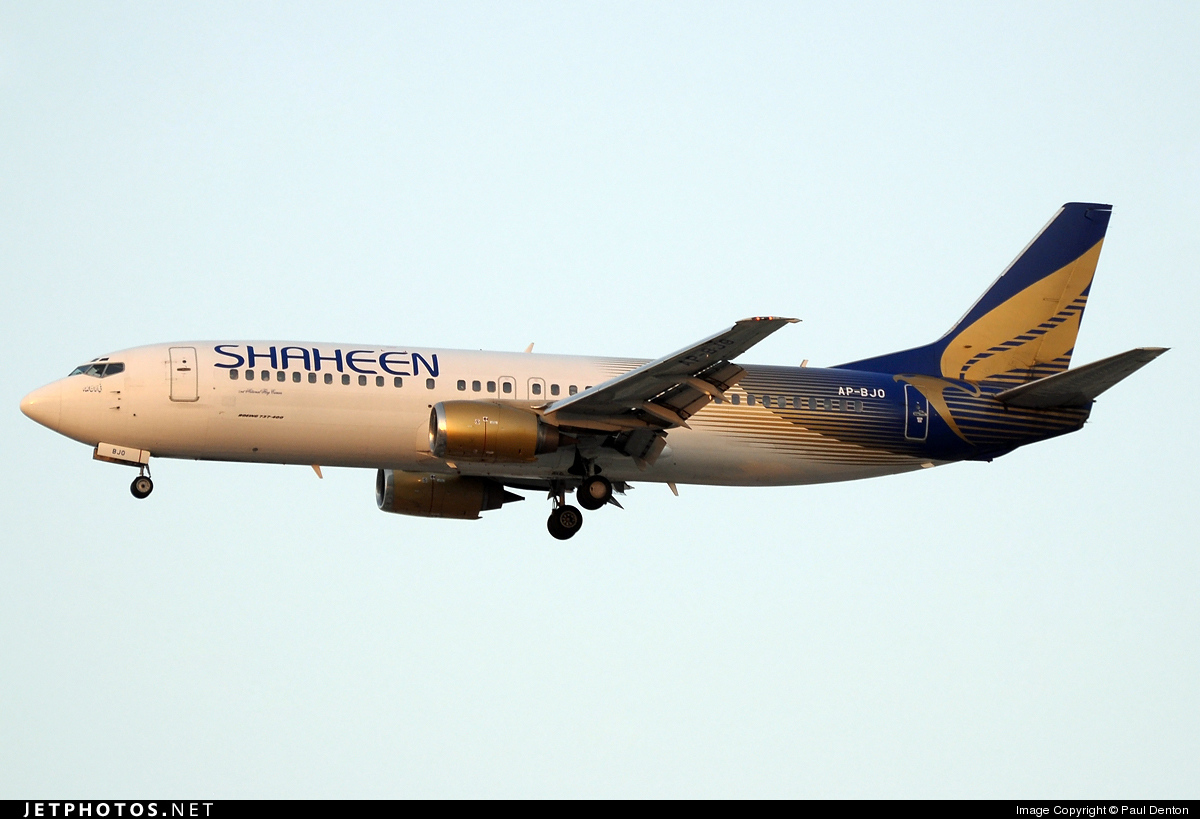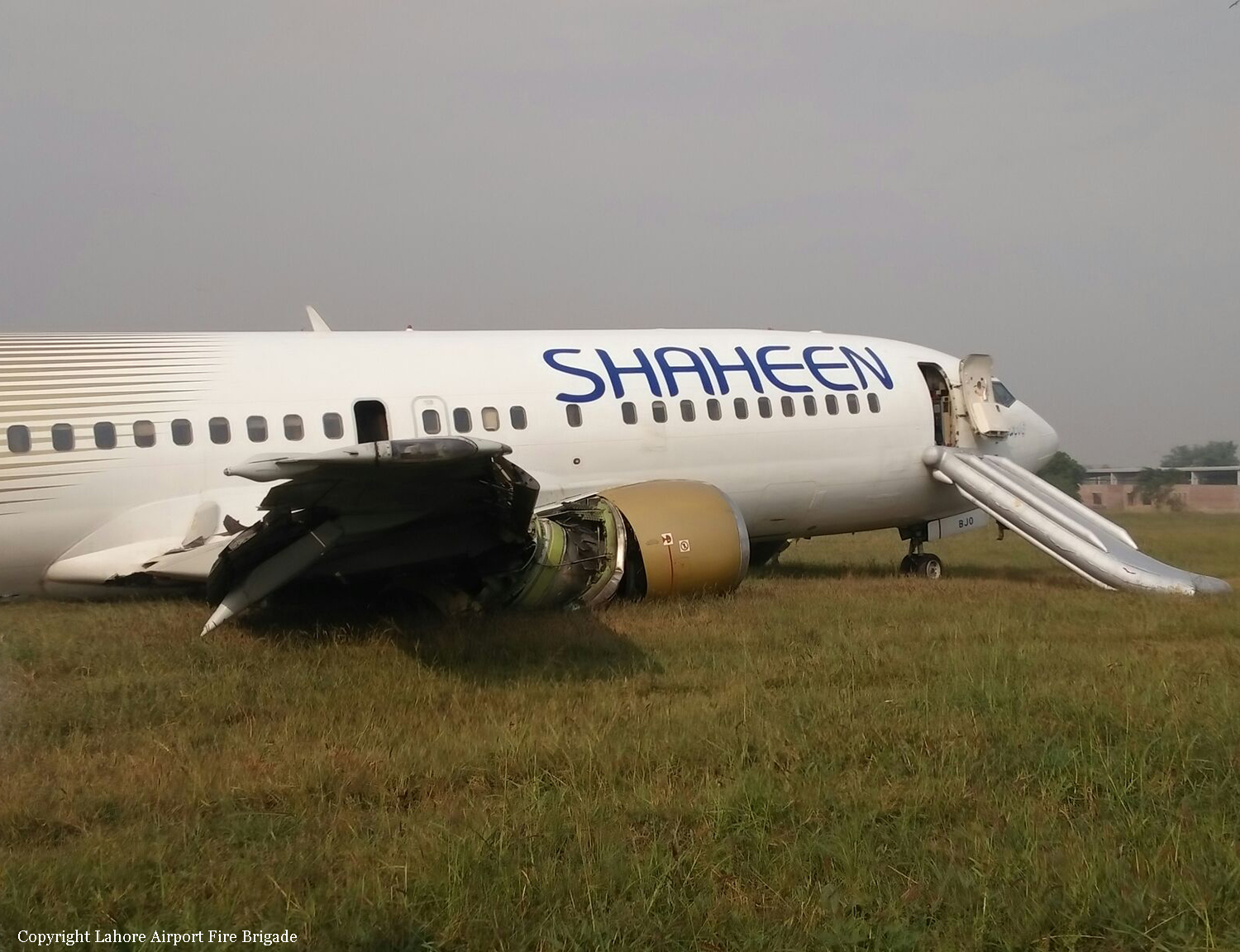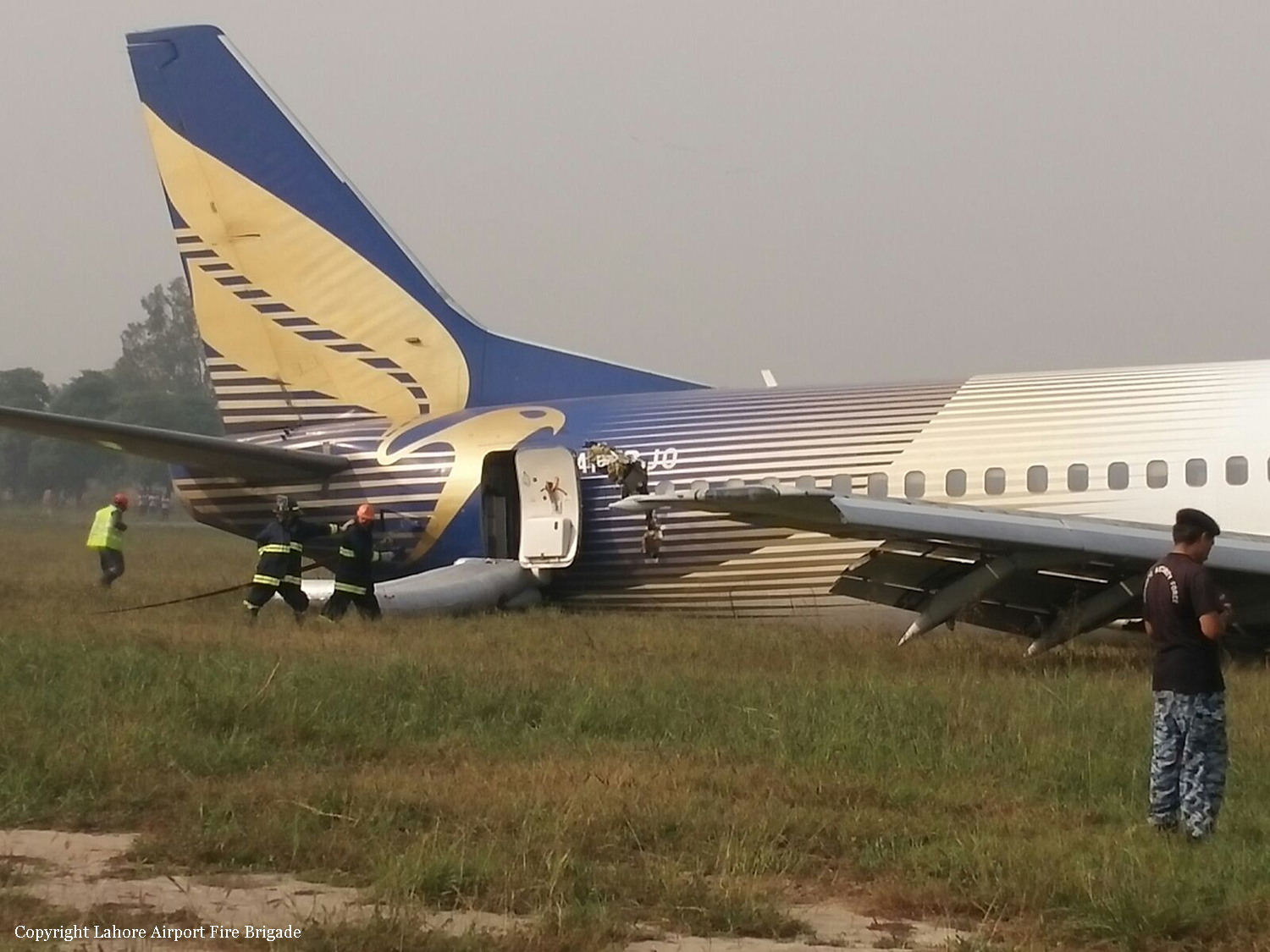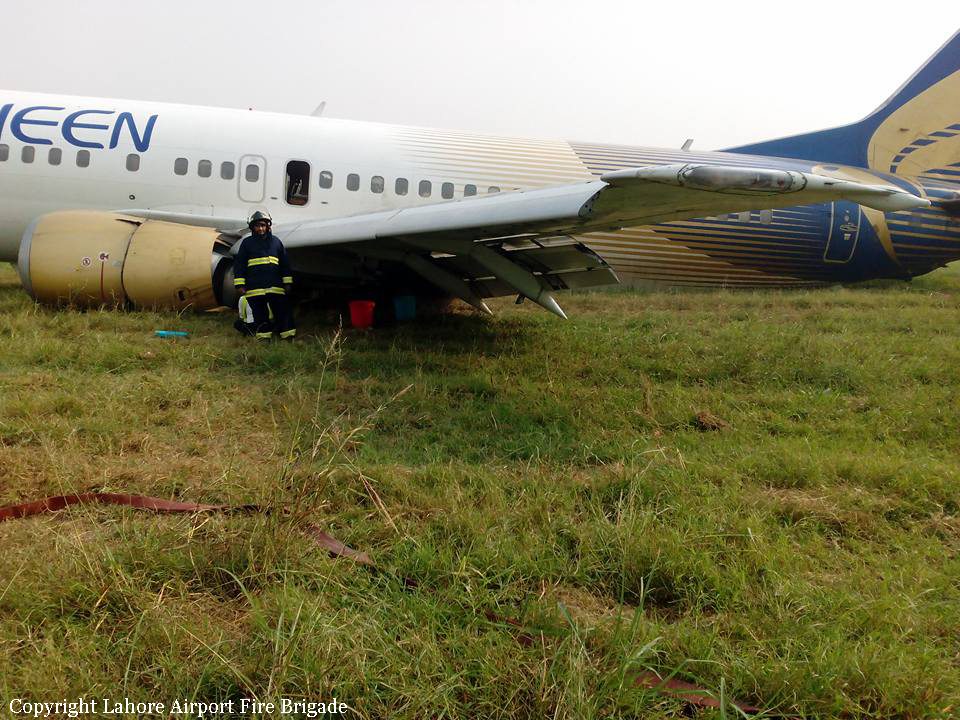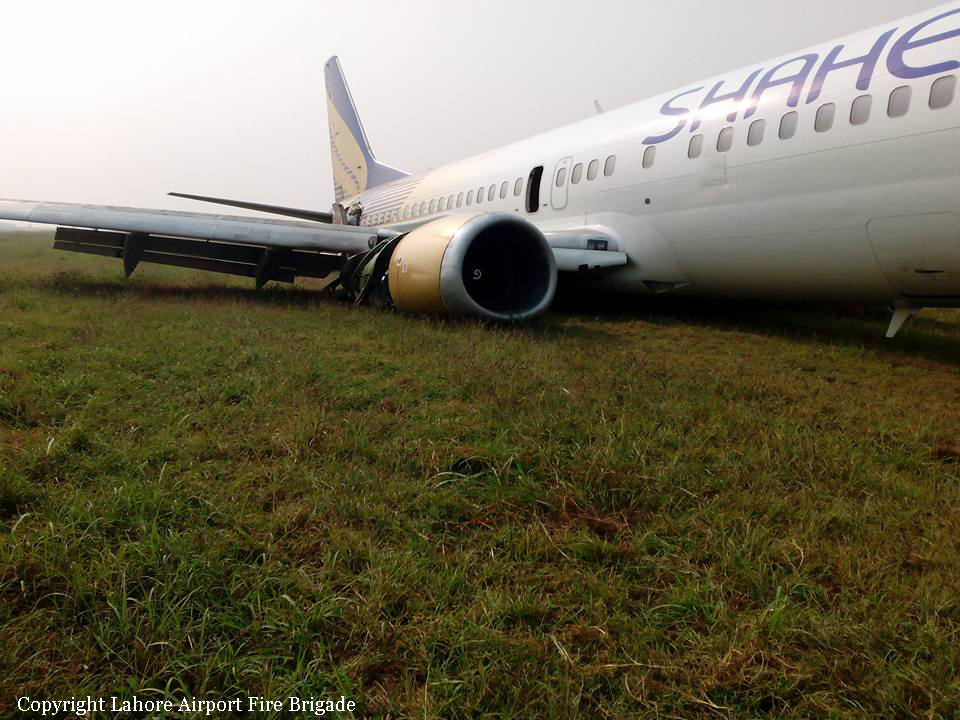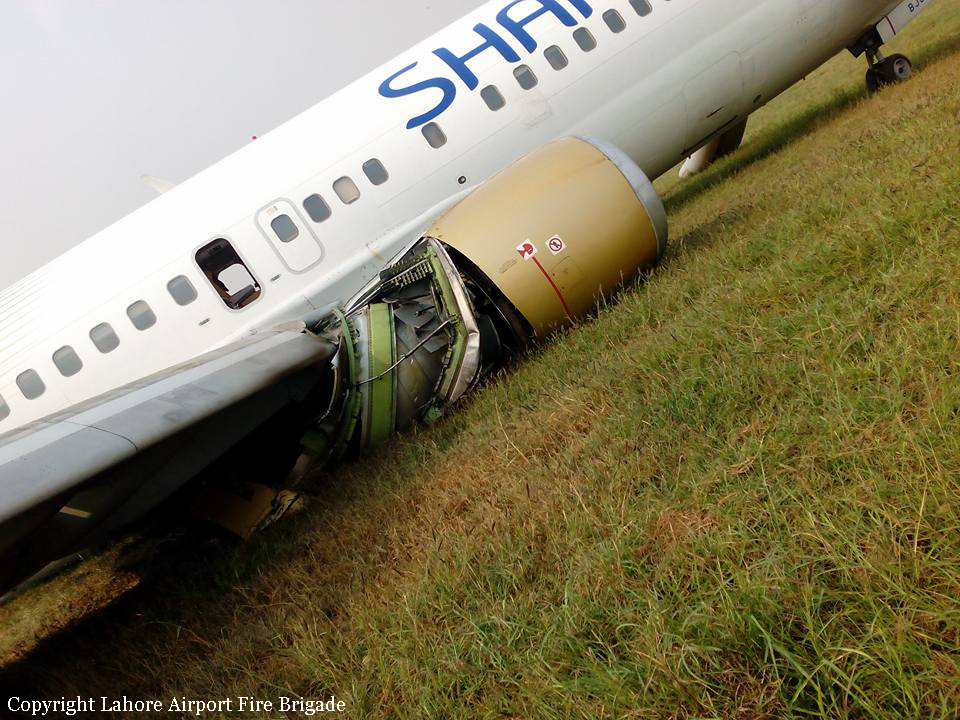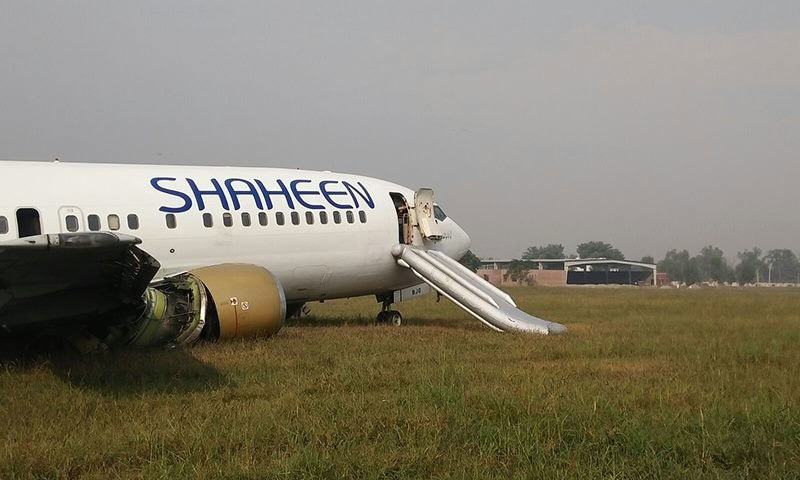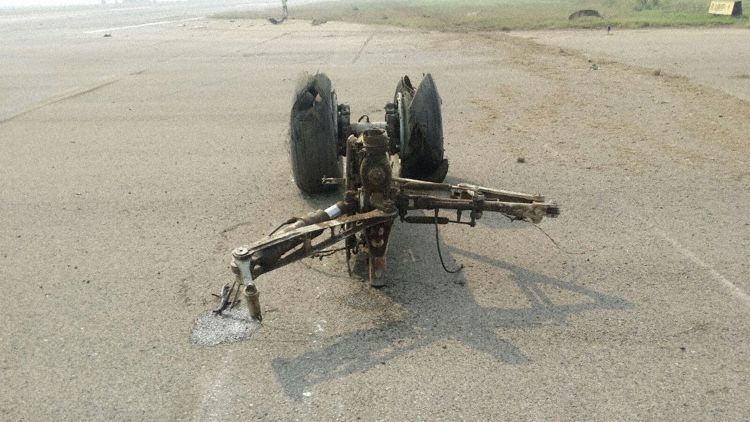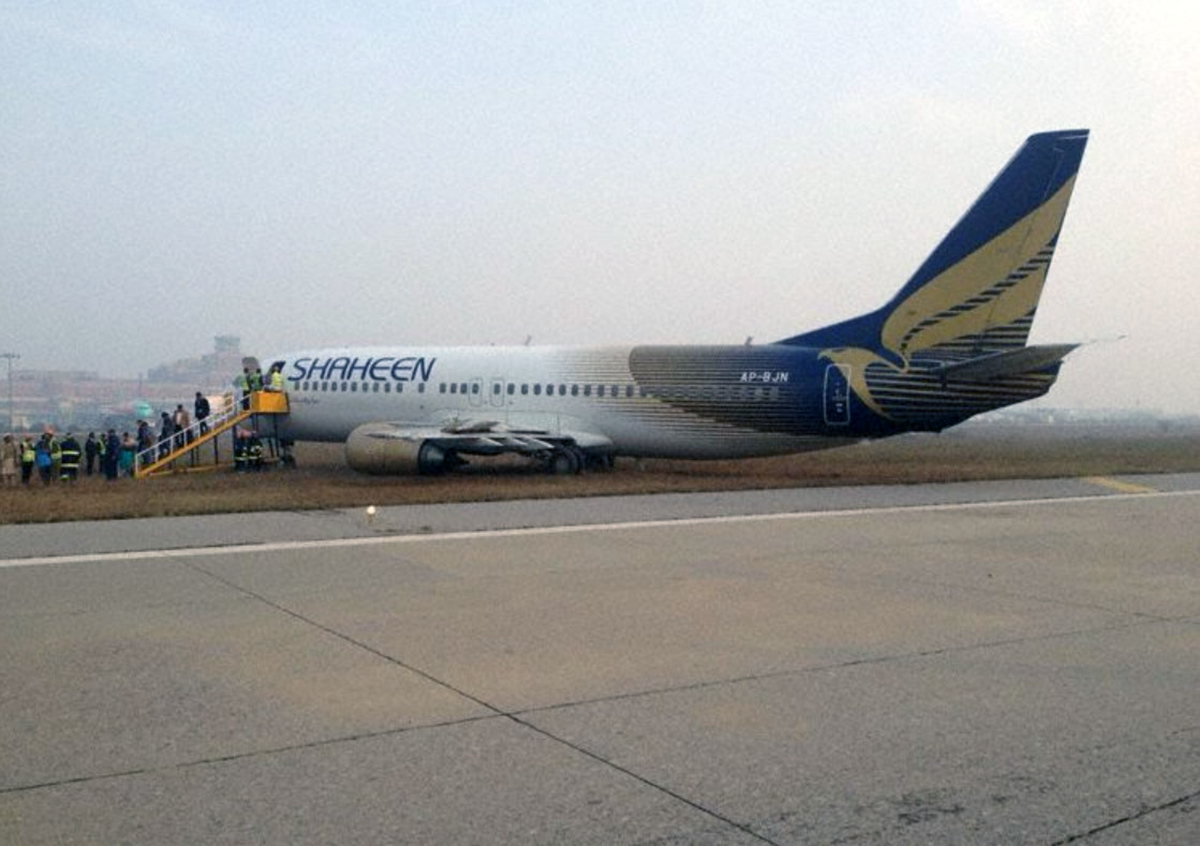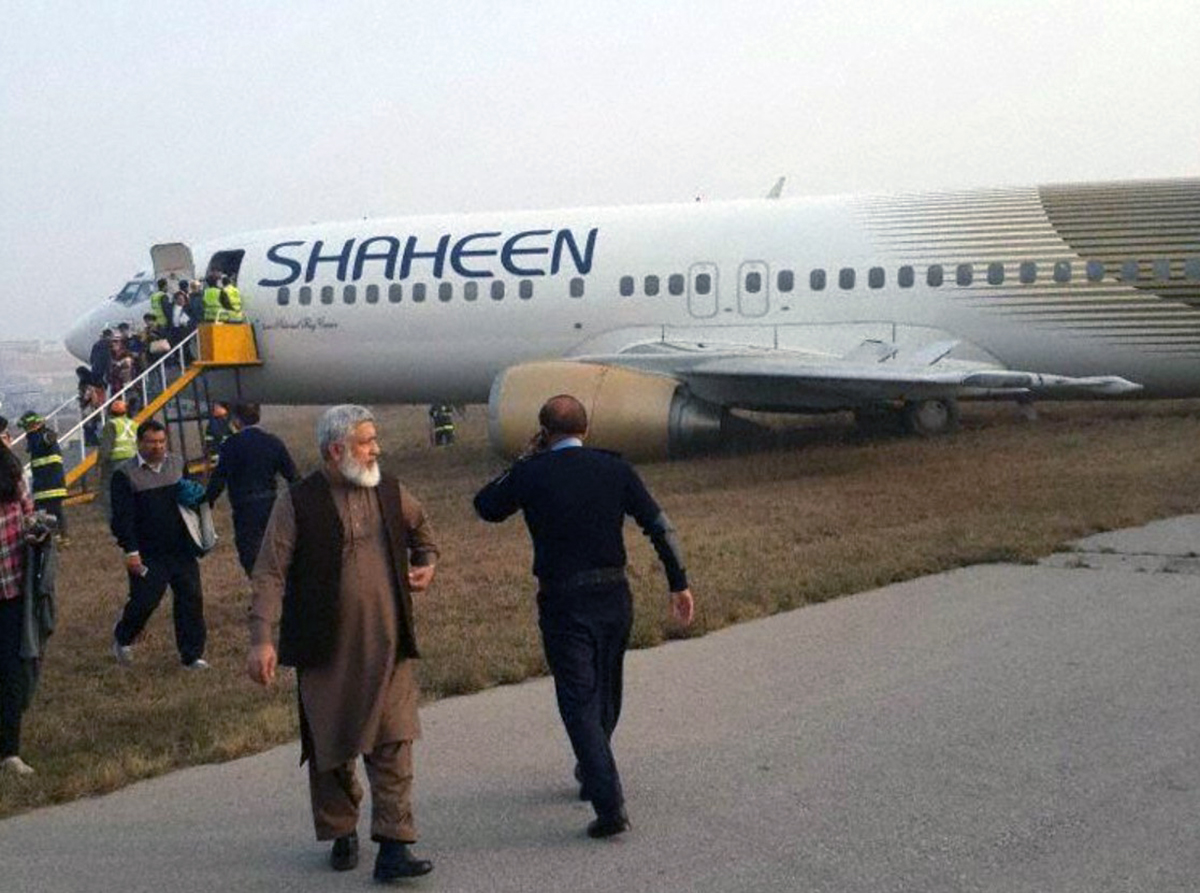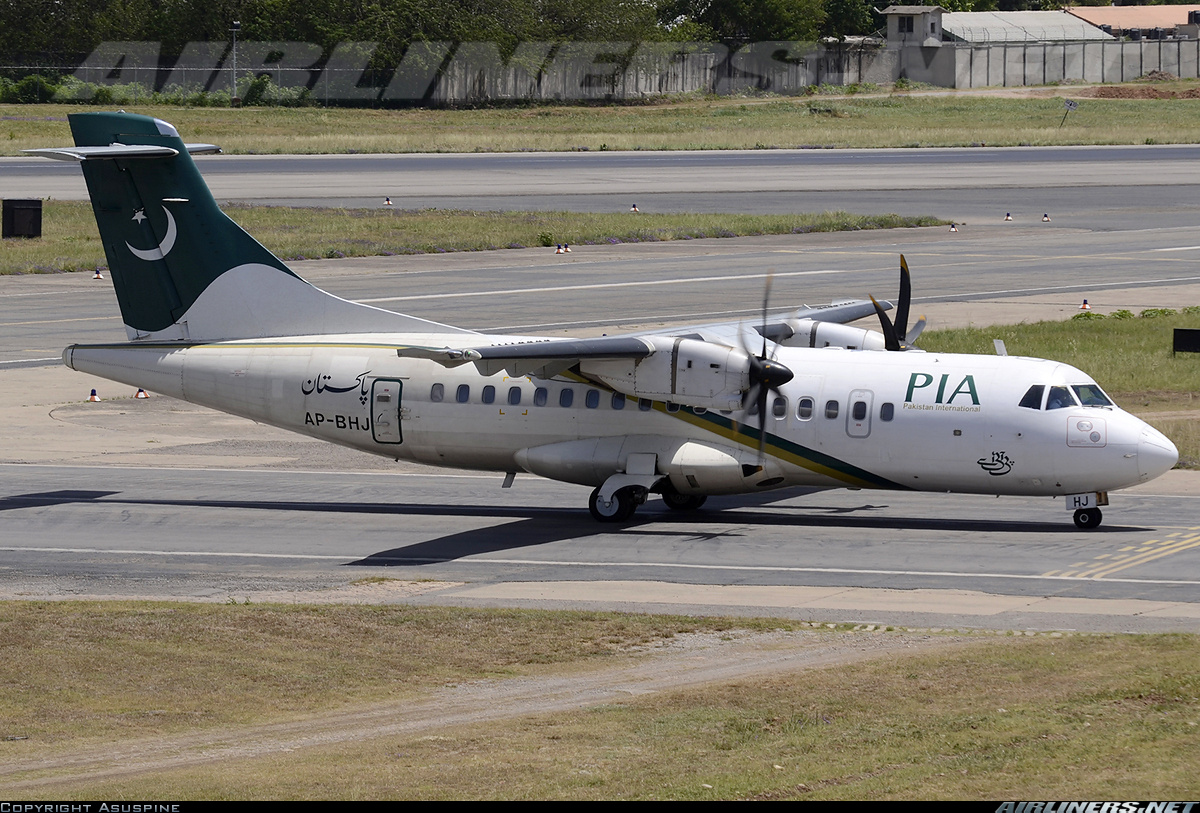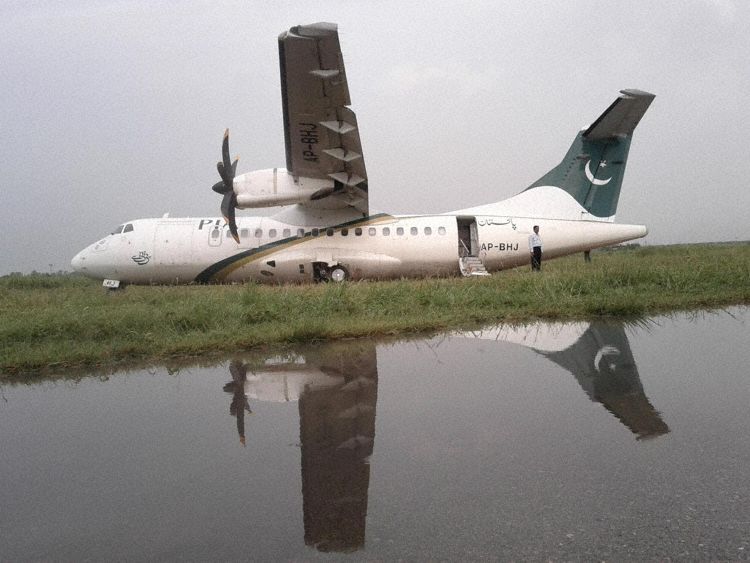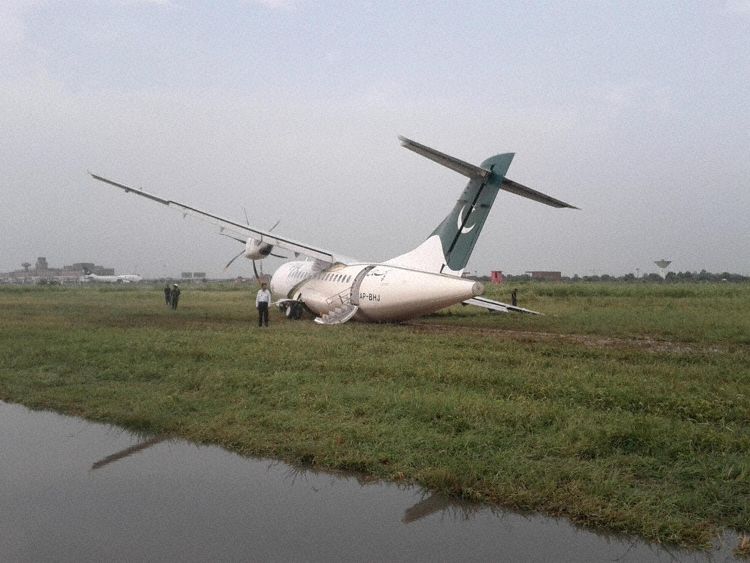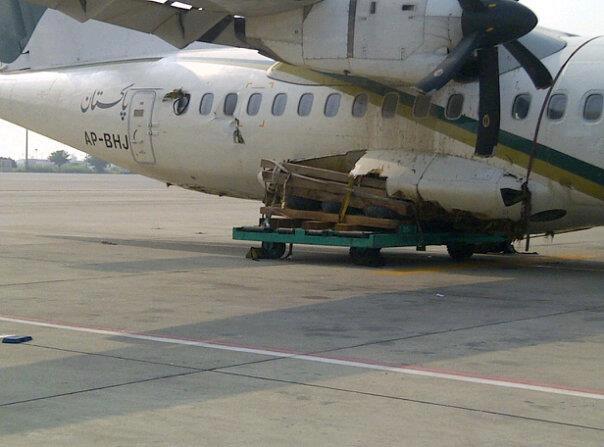Crash of an Airbus A320-214 in Karachi: 98 killed
Date & Time:
May 22, 2020 at 1440 LT
Registration:
AP-BLD
Survivors:
Yes
Schedule:
Lahore - Karachi
MSN:
2274
YOM:
2004
Flight number:
PK8303
Crew on board:
8
Crew fatalities:
Pax on board:
91
Pax fatalities:
Other fatalities:
Total fatalities:
98
Captain / Total hours on type:
4783.00
Copilot / Total hours on type:
1504
Aircraft flight hours:
47124
Aircraft flight cycles:
25866
Circumstances:
On 22nd May, 2020 at 08:05:30 Universal Time Coordinated (UTC), PIA Airbus A320-214 aircraft Reg. No. AP-BLD, took off from Allama Iqbal International Airport (AIIAP) Lahore, Pakistan to perform a regular commercial passenger flight (PIA 8303) to JIAP Karachi, Pakistan with 08 crew members [Captain, First Officer (FO) and 06 flight attendants] and 91 passengers. At 09:15:38 UTC, descent for Approach was initiated. Flight was cleared for an Instrument Landing System (ILS) Approach Runway (R/W) 25L. Aircraft altitude was around 9,000 feet (ft) instead of 3,000 ft at 15 Nautical Mile (NM) from touchdown. Speed Brakes and Landing Gears were extended. Aircraft was significantly above the published vertical approach path. Around 5 NM from the touchdown, both Speed Brakes and Landing Gears were retracted. Several Warnings, cockpit indications and Air Traffic Control (ATC) instructions were disregarded by flight crew and the Unstabilized Approach was continued. At 09:34:28 UTC, aircraft touched almost 4,500 ft down the R/W 25L with Landing Gears retracted. Flight crew initiated a Go-Around. Both Engines were damaged during the contact with the R/W. The resultant loss of Engine oil and subsequent lack of lubrication resulted in failure of both Engines. Around 2,000 ft, flight crew announced that they have lost Engines, followed by a MAYDAY call. Aircraft started to lose height and crashed at 09:40:18 UTC in a populated area 1,340 meters (m) short of R/W 25L. Out of 99 persons on-board, 97 were fatally injured whereas 02 passengers survived. On ground 04 persons were injured, out of them 01 expired later in the hospital.
Probable cause:
It was determined that the aircraft made gears up landing where both engines’ nacelle made contact with runway. Both engines were damaged causing loss of engine oil and lubrication which resulted in failure of both engines during go-around. Non-adherence to SOPs and disregard of ATC instructions during the event flight. Lack of communication between the ATC and the flight crew regarding gears up landing particularly once aircraft was on the runway.
The following contributing factors were identified:
- Ineffective implementation of FDA program.
- Flight Data Analysys (FDA) regulatory oversight program was ineffective in producing sufficient and timely improvement.
- Lack of clear and precise regulations to restrict flying while fasting.
- Inadequate level of crew resources management (CRM) application during the event flight.
The following contributing factors were identified:
- Ineffective implementation of FDA program.
- Flight Data Analysys (FDA) regulatory oversight program was ineffective in producing sufficient and timely improvement.
- Lack of clear and precise regulations to restrict flying while fasting.
- Inadequate level of crew resources management (CRM) application during the event flight.
Final Report:
